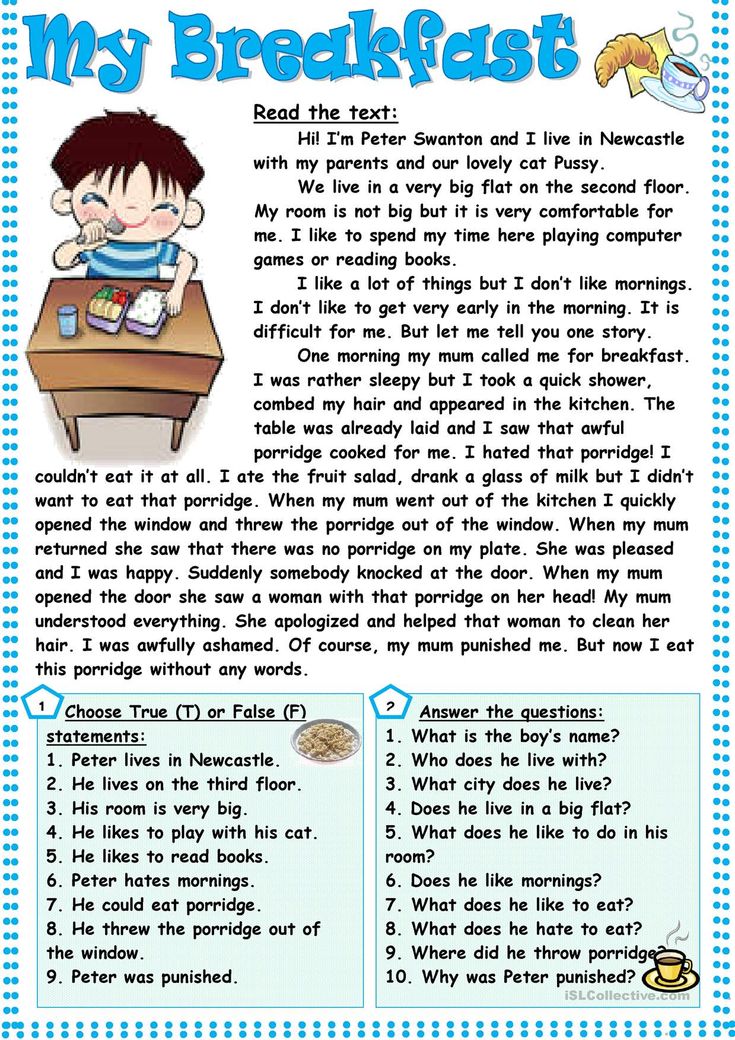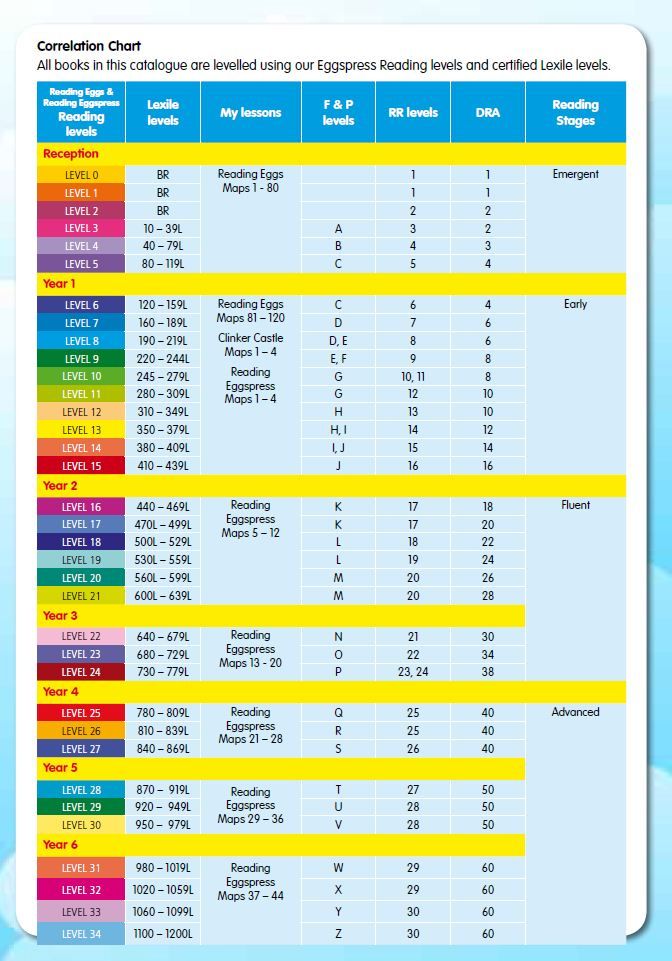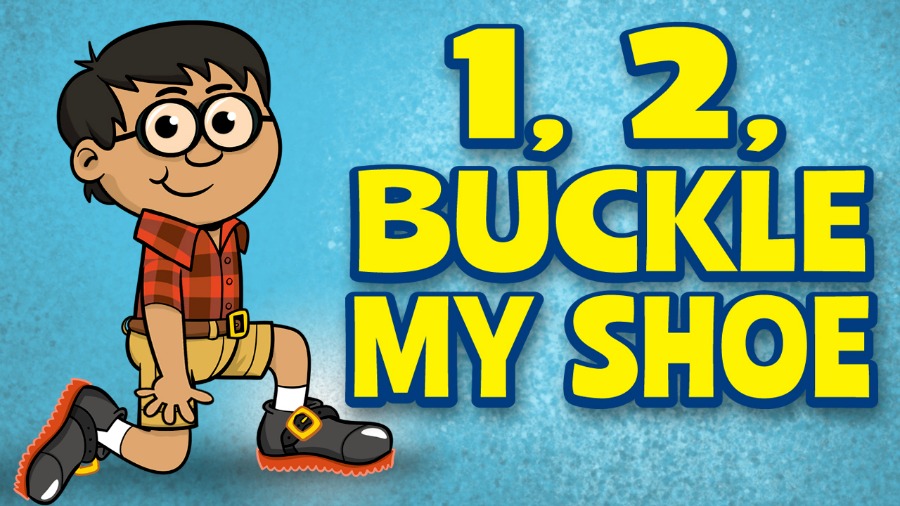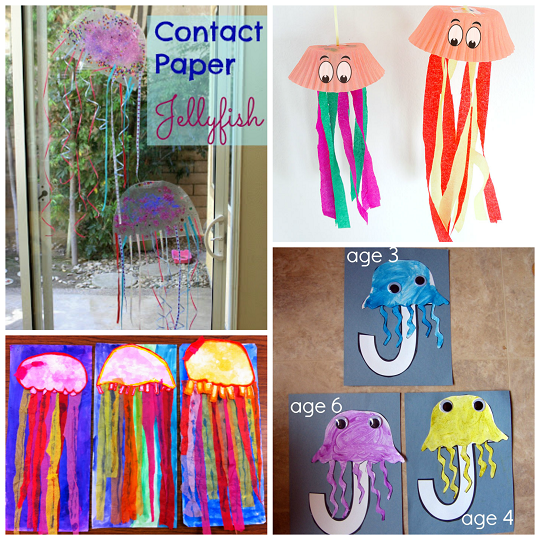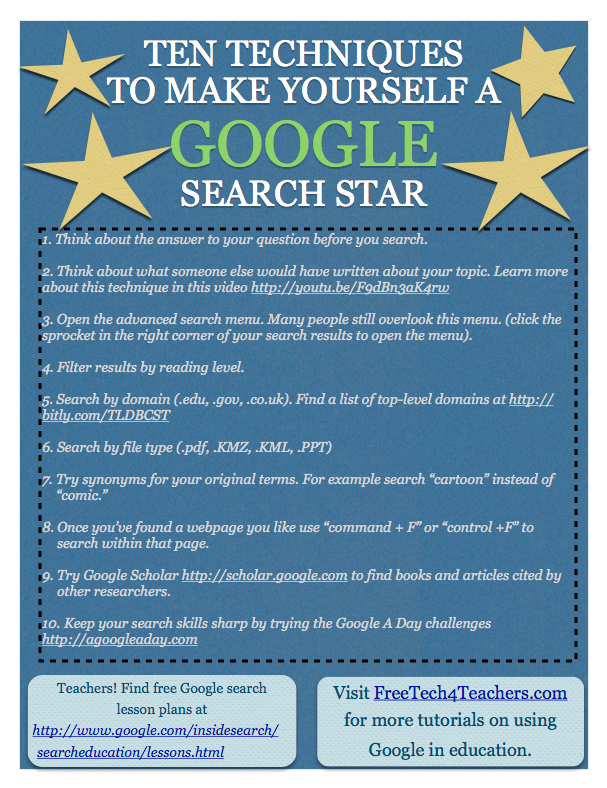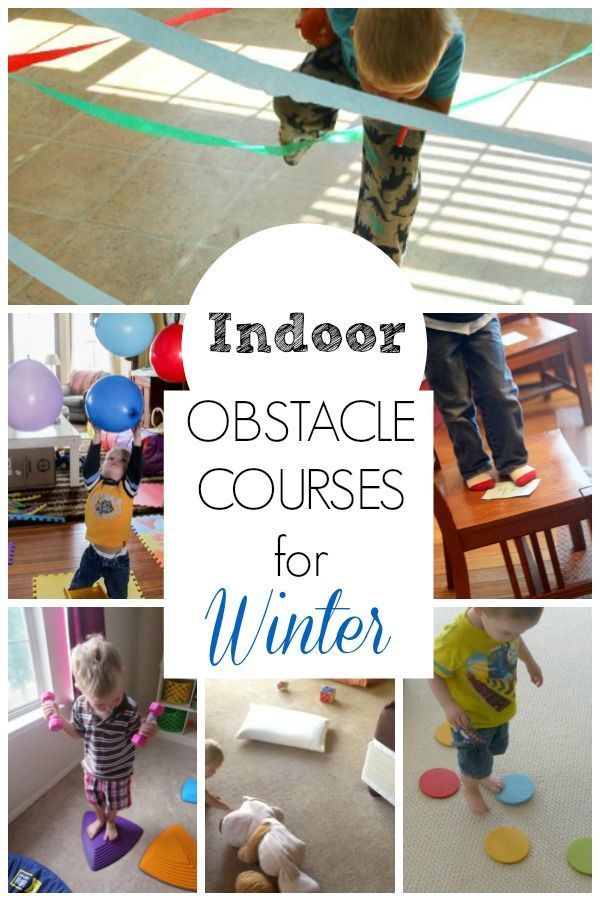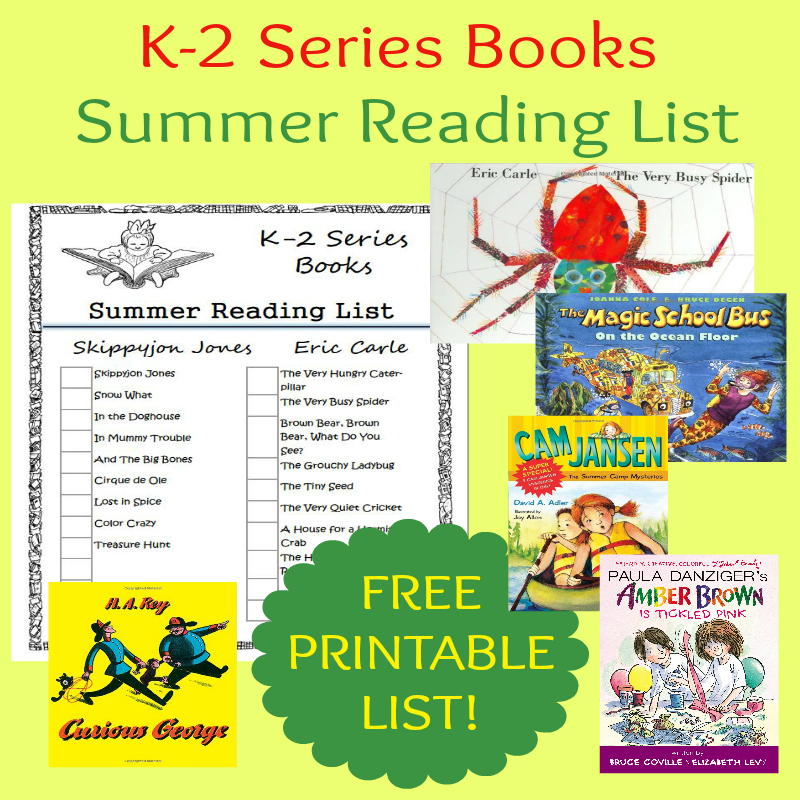Ways to increase reading comprehension
11 Proven Tips to Improve Reading Comprehension Skills for Students
Cookbooks, social media, instruction manuals — no matter where you look, we live our lives surrounded by words. That’s why reading comprehension is one of the most valuable skills a student can master.
But it’s not automatic. Reading comprehension needs to be taught in the classroom to have a lasting impact, whether you’re teaching kindergarten or high school English.
Many students struggle with reading comprehension and understanding for a variety of reasons:
- They prefer a different learning style
- They’re not interested in reading or writing
- They don’t have the necessary prior knowledge to understand the text
- They have trouble focusing on one word at a time and skip important ideas
- They’re working with a learning need like dyslexia that makes understanding written materials difficult
Every student deserves the chance to build critical comprehension skills. Keep reading for eleven strategies you can use in your classroom to help students love reading!
What is reading comprehension and why is it important?
Reading comprehension is a reader’s ability to understand the explicit and implicit meaning of a text, or piece of writing.
It moves beyond vocabulary knowledge and word recognition to add meaning. When students use reading comprehension skills, they’re turning words into thoughts and ideas.
Reading is one of the most important ways students and adults learn new information. As one study in Policy Insights from the Behavioral and Brain Sciences states: "Reading comprehension is one of the most complex cognitive activities in which humans engage, making it difficult to teach, measure, and research."
Reading comprehension can also help struggling readers build enjoyment of reading and participate more fully in lessons.
And it’s not just for the classroom, either — reading comprehension has real-life applications for readers of all ages.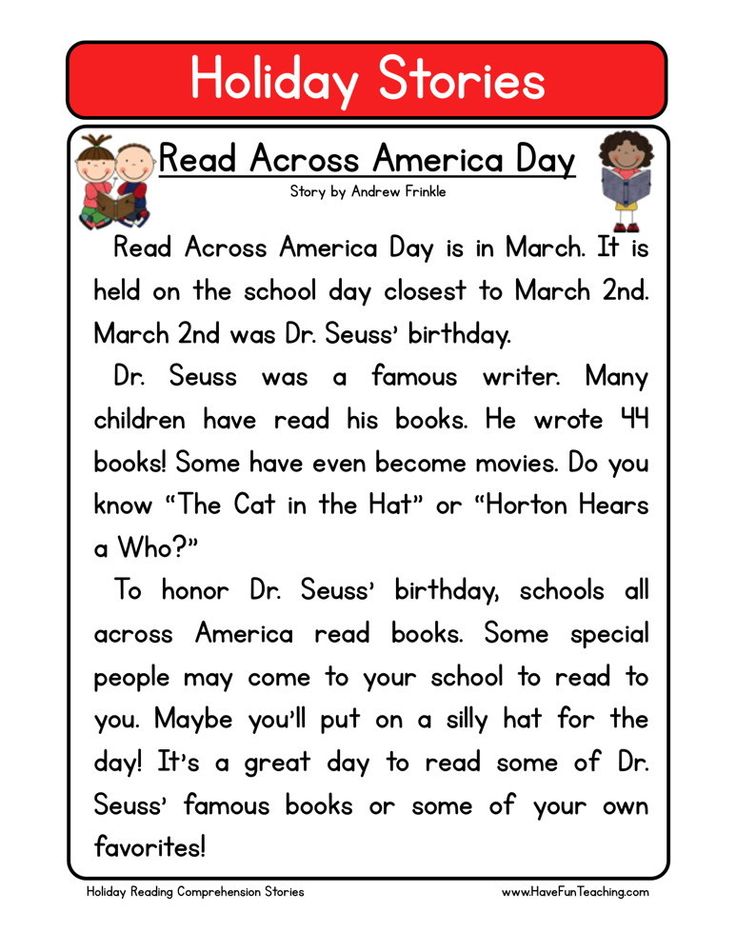 It can:
It can:
- Equip readers to make good day-to-day decisions with available information
- Give readers the ability to think critically about what they read online and in the news
- Help readers decipher meaning in recipes, directions or other step-by-step instructions
- Help students move past word recognition into understanding and remembering the text
Improving reading comprehension can help your students become successful readers in and out of the classroom for the rest of their lives.
Two core components of comprehension
The two main components of reading comprehension are vocabulary knowledge and text comprehension. Both of these skills combine to help students get the most out of a text.
Vocabulary knowledge
Vocabulary knowledge is where reading comprehension starts. Students with good vocabulary strategies understand what words mean and have the background knowledge to understand a given text.
It also includes strategies for using context clues to determine the meaning of unfamiliar words. The reading comprehension process is over before it begins if students don’t have solid vocabulary knowledge or the ability to learn new words.
Text comprehension
Text comprehension is a big-picture look at what, exactly, a text means. It helps students interact with a text to understand what’s being said and what they need to learn from it.
When students have good text comprehension skills, they can answer questions about what the author is saying, summarize the passage and connect information between texts or prior knowledge.
In short, it helps them move beyond literal comprehension and into higher levels of thinking.
11 Ways to improve reading comprehension skills
Whether you’re teaching high school or elementary school, it’s never too late to use reading comprehension strategies to improve understanding, boost retention and make connections.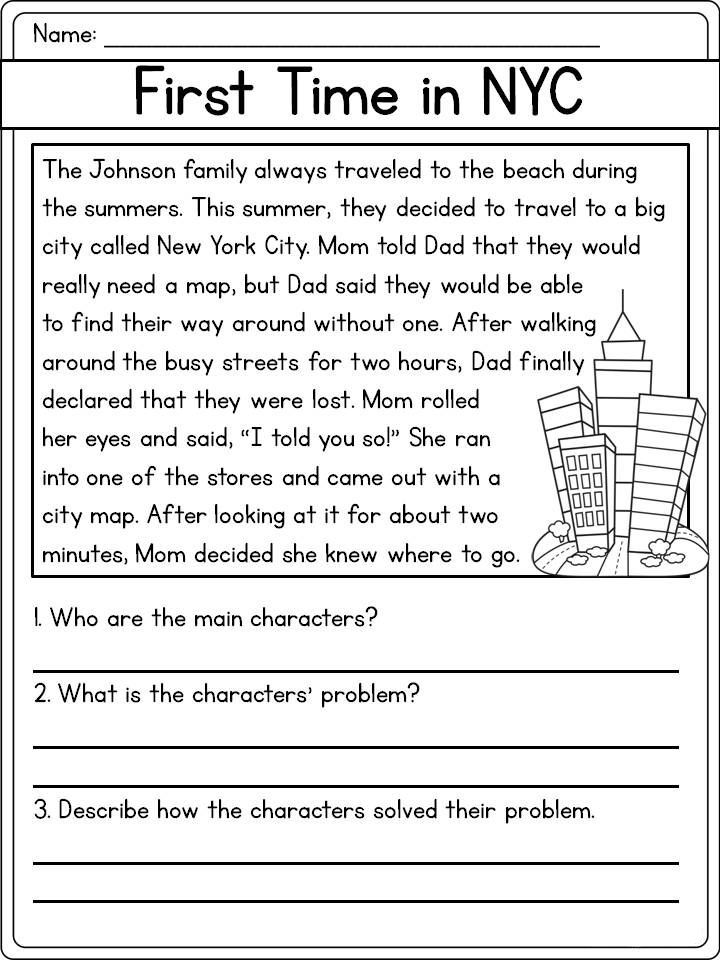 Every student is different, so adjust your teaching methods accordingly!
Every student is different, so adjust your teaching methods accordingly!
Some of the most effective reading comprehension strategies include:
1. Build on existing knowledge
One of the biggest barriers to reading comprehension is a lack of background knowledge.
If you’re reading a text about astronomy, for example, ask students to record or explain what they already know about the solar system. For easy insights, have students answer quick questions or fill out a KWL (Know, Want to Know, Learned) chart and share the results.
Or read non-fiction and fiction books that cover the same or overlapping topic. For example, a non-fiction book about pigs and a picture book that includes pigs as characters. Teachers can reference the facts from the non-fiction book to discuss what is fact versus fiction.
Make sure all students understand key terms and ideas before you read the text, so everyone starts on the same page (literally).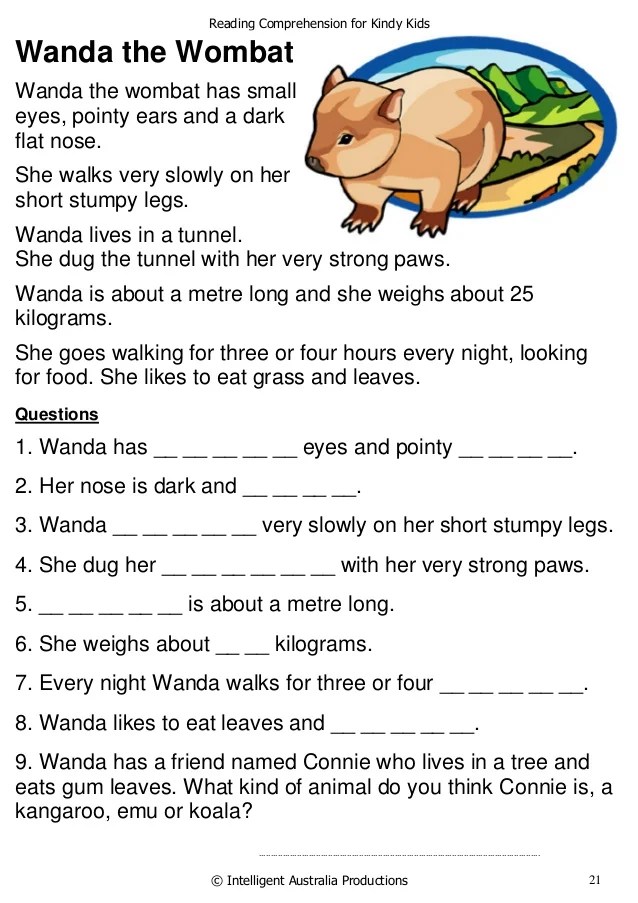 This helps students draw inferences and make connections between the text and things they already know, levelling the playing field when it comes to prior knowledge.
This helps students draw inferences and make connections between the text and things they already know, levelling the playing field when it comes to prior knowledge.
2. Identify and summarize key ideas
After students read, summarizing a text can help them pull out main points and absorb more information.
As you introduce summarization, guide students through with leading questions and a specific structure — length, key points, etc. Use the “I do, we do, you do” format to model good summarization techniques.
As you model the practice, teach students how to:
- Separate facts from opinions
- Find key ideas amid extra information
- Identify important words and phrases
- Look up vocabulary they don’t understand
Teaching students how to do this consciously helps train their brains to start summarizing automatically, leading to better reading comprehension overall.
3. Use online resources
Thanks to the internet, reading doesn't just happen IRL — it's online, too! There are lots of resources you can use in your classroom to engage kids with different interests as they practice their reading comprehension.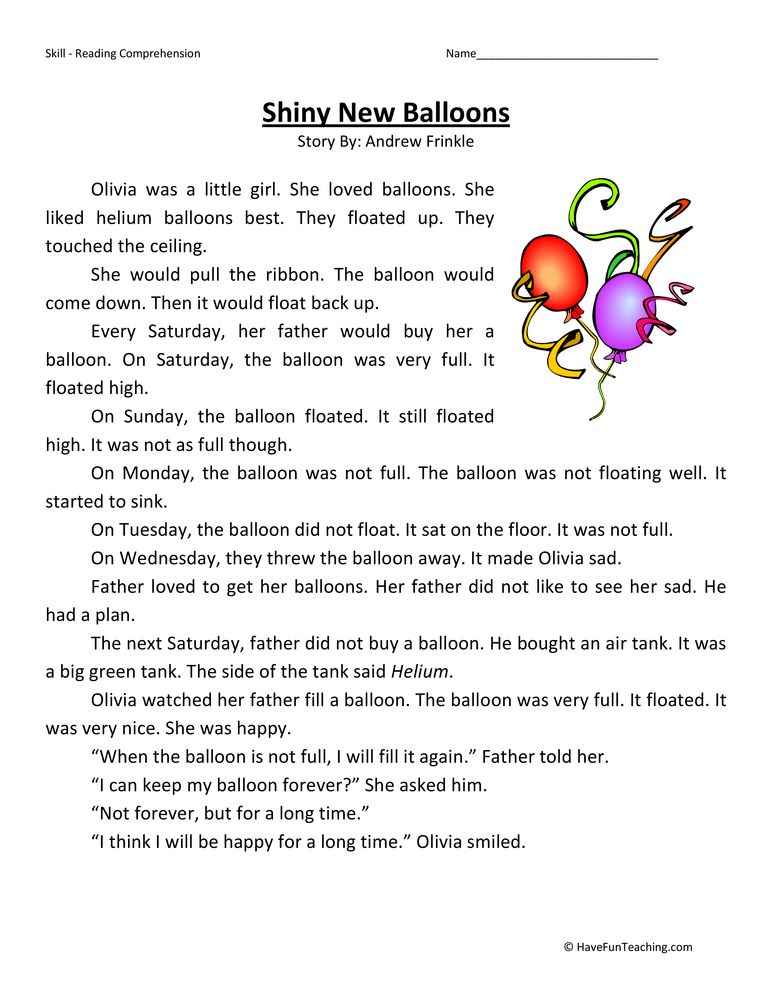
Prodigy English is a brand-new adventure that introduces kids to a world filled with adventures, wishes and more ways to love reading.
Its game-based platform encourages students to answer curriculum-aligned reading and language questions to get more energy. Once players are energized, they can gather resources from an ever-growing world, craft items, earn coins and build their very own village.
As they play, you'll be able to track their progress and achievement. Sign up for a free teacher account today!
Create a free account4. Use visual aids
To help students build a picture in their minds of what they’re reading, use visual aids and visualization techniques.
Start by reading aloud and asking students to try and picture what’s happening in their heads. After, use writing prompts like:
- What colors did you see the most?
- What do you think the setting looked like?
- How would you describe the main character?
- What sounds do you think you would hear in the world of the story?
Have students draw out a scene, character or story for even more understanding. They can make a family tree of the characters or fun notes to help them remember the key points in the story!
They can make a family tree of the characters or fun notes to help them remember the key points in the story!
Anchor charts, word walls or picture books can also help reinforce key concepts for your students. When they’re able to visualize the story or information they’re reading, they’re more likely to retain key information.
5. Develop vocabulary skills
Vocabulary is an important part of understanding a text and is vital for reading ease and fluency. Vocabulary teaching strategies can help students build the tools to understand new words on their own.
To help students learn and remember new words, try:
- Making a word wall in your classroom
- Pairing new words with physical actions
- Creating graphic organizers that help relate known words to new ones
Read-aloud strategies can also help you model the process of learning new words for students. Show them how to use context clues to find meaning, and have them make a vocabulary list of all the new words they know or want to learn.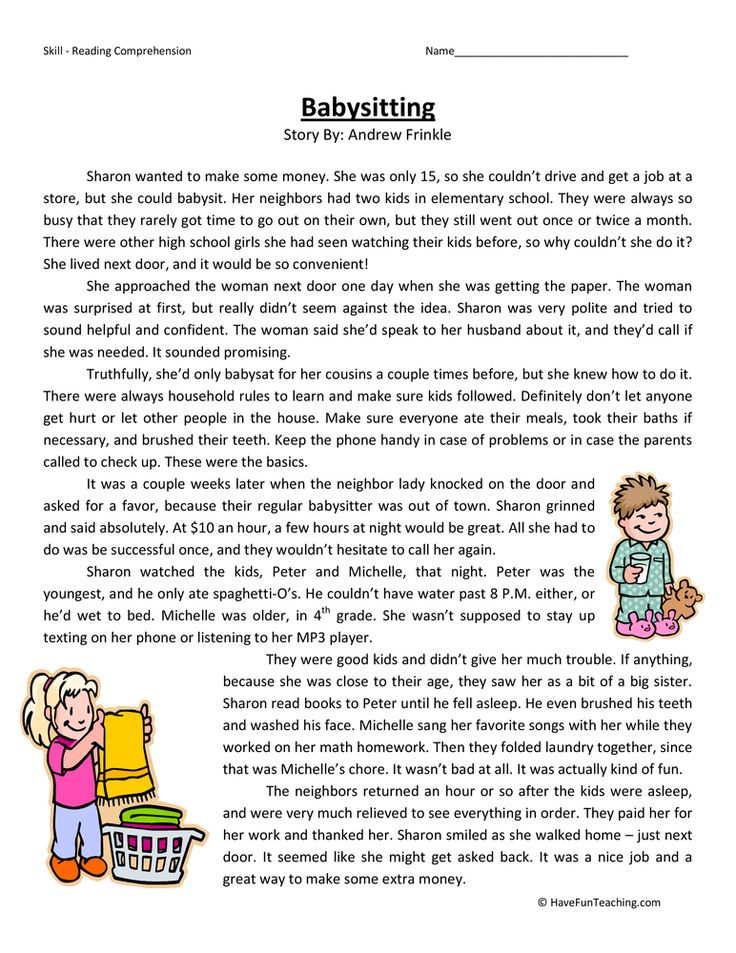
6. Implement thinking strategies
To encourage students to engage critically with a text, ask questions about:
- Where they can spot bias in the material
- Why the author chose a particular genre or style
- What they think happened before or after the story
- Why characters responded to situations the way they did
These questions get students thinking about the deeper meaning in a text and help them use critical thinking skills as they look for key points. Encourage students to ask clarifying questions when they don’t know what the text is saying, or build mind maps to draw connections between ideas and prior knowledge.
7. Create question and answer scenarios
Questioning students on different aspects of the text helps them examine it with fresh eyes and find new ways of interpreting it.
Use questions that challenge students to find the answers:
- In several different parts of the text
- On their own, using background knowledge
- In their own opinions and responses to the text
Ask students questions to clarify meaning, help them understand characters better, make predictions or help them understand the author’s intent.
Whether you’re answering these questions in a group or individually, they’ll help students make a habit of asking questions and using critical thinking skills. After all, the magic happens when students start thinking beyond the page!
8. Encourage reciprocal teaching
Reciprocal teaching gives students four strategies for reading comprehension and uses specific techniques to get them involved in interrogating a text.
Using the “I do, we do, you do” method, follow the four building blocks of reciprocal teaching:
- Predicting — Asking questions about what’s going to happen in the story and after it’s done.
- Questioning — Asking questions about the who, what, when, where, how and why of a story.
- Clarifying — Helping students recognize their confusion, identify what’s confusing them and taking steps towards understanding.
- Summarizing — Condensing a reading to its most important facts and ideas.
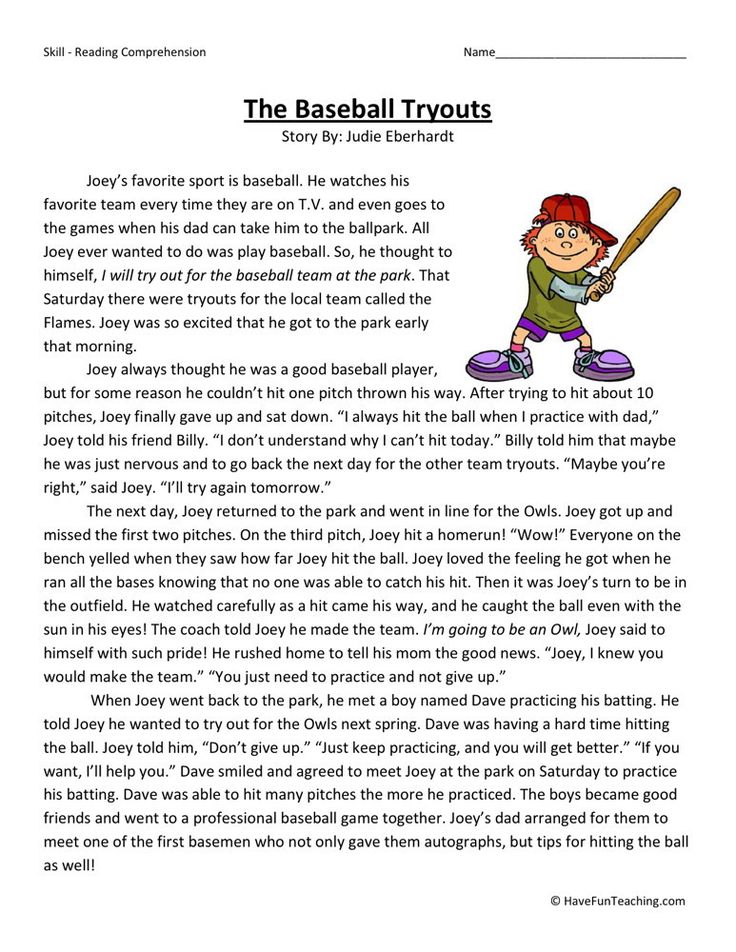
Check out four reciprocal teaching strategies to use in your classroom.
9. Use summarizing techniques
Although it might seem tedious for students at first, summarizing techniques help them learn how to find and bring together key ideas. It trains them to automatically synthesize information as they read, and can benefit learners of all levels.
When students first encounter a text, have them write a summary and encourage them to refine it until it only includes the essential information. Ask clarifying questions to guide their writing, including:
- What is the main idea of this passage?
- What details support the main idea in the story?
- What unnecessary information did the author include?
This helps them see how parts of a story are connected and emphasizes the importance of providing textual support to their argument and summaries.
10. Ask students to make predictions
Predictions happen when students use the evidence from the beginning of a text to guess:
- What will happen next
- What they think the text will be about
- What details an author will use to support their argument
At the beginning of a reading, have students record their predictions.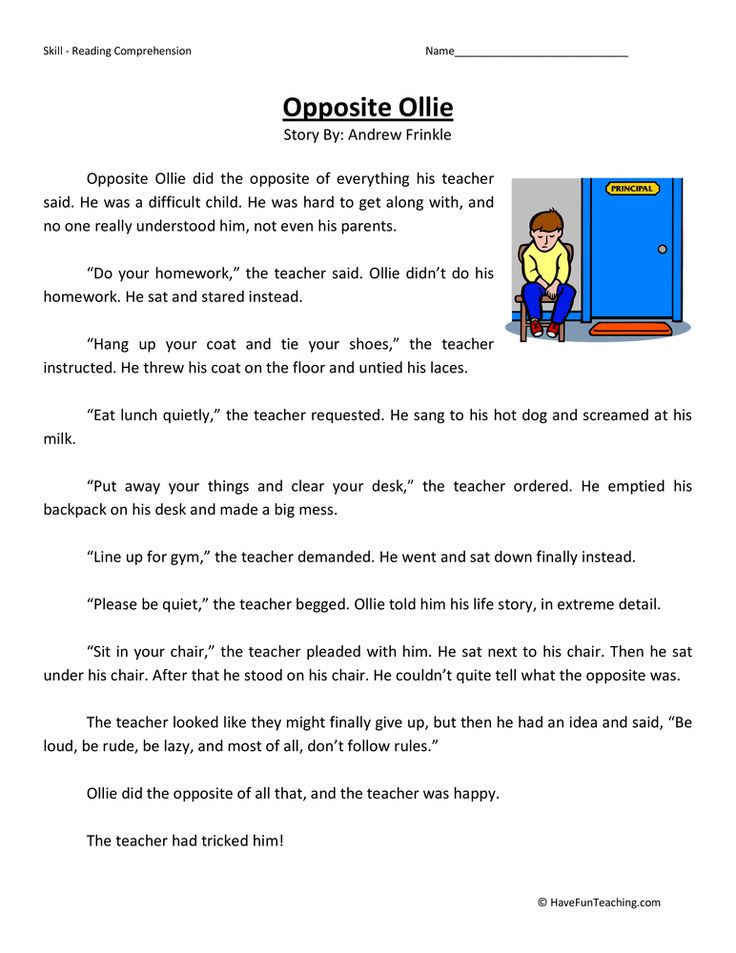 Once the reading is over, have a discussion about what they got right and what they got wrong. What made them think of their prediction? Did the author follow their expectations, or subvert them?
Once the reading is over, have a discussion about what they got right and what they got wrong. What made them think of their prediction? Did the author follow their expectations, or subvert them?
Model predictions with a think-aloud or give students blank statements that guide their thinking.
Not only does this build reading comprehension, but it encourages students to engage with the material critically and teaches them how to build solid, text-based arguments.
11. Try making inferences
When students make inferences, they’re using the information they know to make a guess about what they don’t.
Instead of just predicting what’s going to happen next, students make inferences about information outside the story — what happened before the story started, what genre the story is or what happens after the story is over.
Like predicting, you can model inferences with read-alouds or guided questioning. Have students write a prequel to the story, or build a character background based on textual evidence.
Inferences help students draw conclusions between the text and their prior knowledge about how the world works. Plus, it can help boost their creativity!
How parents can encourage reading comprehension at home
Reading doesn’t stop when children leave the classroom. Parents, you have an important opportunity to support reading comprehension at home, too.
1. Read aloud with your children
Reading with your child has lots of benefits — it helps you bond, it builds their imagination and it’s fun!
As you read, discuss topics and ask your child guiding questions about what’s happening. What do they think will happen next? Which character would they most like to be friends with? What would they do if they were the main character?
Not only do these questions make reading fun, it can help strengthen their reading comprehension skills.
2. Buy or borrow books at the right reading level
Whether it’s your local bookstore or library branch, there are always books available at your child’s reading level.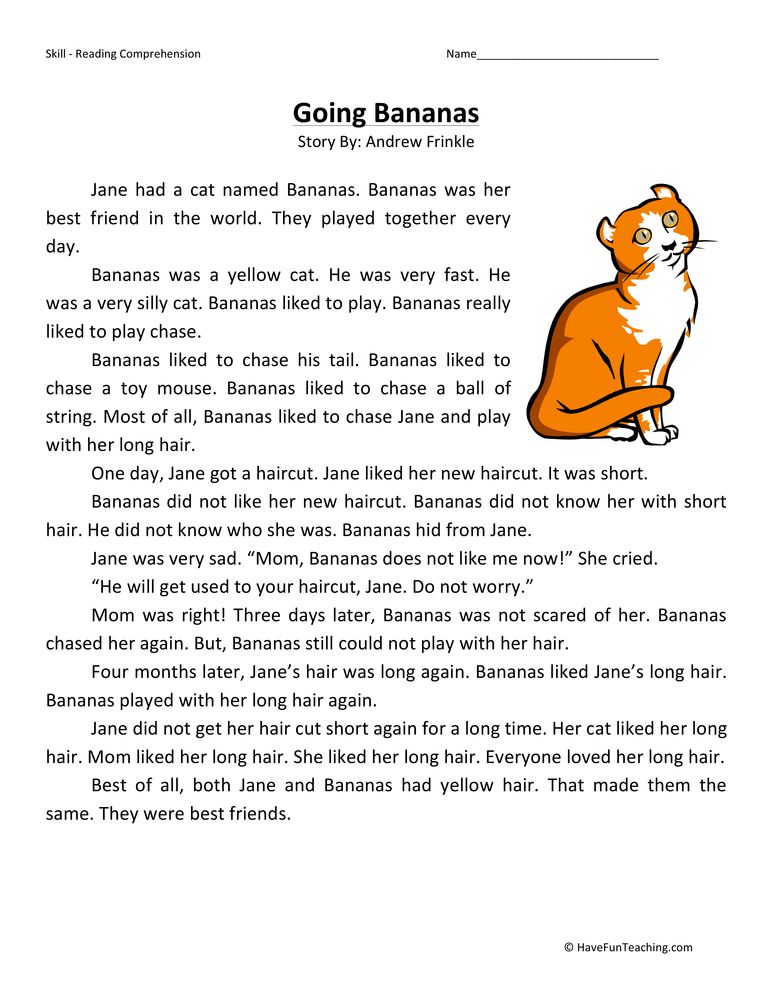
If your child is reading books that are too easy, they’ll get bored. But if books are too hard, they’ll get discouraged. Talk to your child’s teacher about how to find books in their sweet spot.
Host a book swap with neighbors or friends to get access to new titles, or look in the library for books that relate to your child’s unique interests.
3. Discuss what your child is reading
As a parent, you have a wonderful opportunity to hold low-pressure, friendly conversations with your child about what they’re reading — no pop quiz required.
Ask your child what their favorite book is, or what they like reading at home or at school. After they’re done reading, ask them questions about what happened in their book, or what they think will happen next, to build an organic love of reading.
4. Check out online reading programs
Online reading apps can help kids engage with books and reading in new, exciting ways! For a digital literary experience, check out:
- Epic — A free online library of digital books you can browse and read with your child.
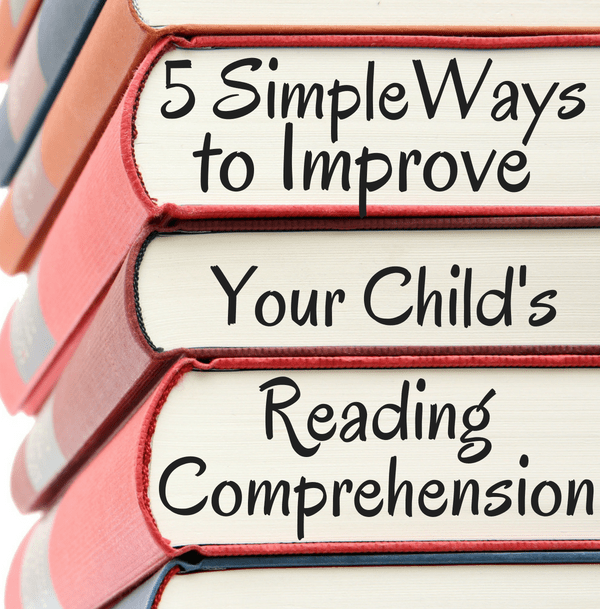
- Headsprout — An adaptive online learning resource for students in kindergarten to fifth grade.
- Audible — A library of audiobooks and podcasts for kids who prefer to listen rather than look at words.
- Sora — An Overdrive-based app where you can download books and audiobooks from your library for free.
- Prodigy English — A whole new way for kids to develop reading and language skills, with free educational content for 1st to 6th grade created by teachers.
5. Try game-based learning
If your child doesn’t want to sit still long enough to read a book, game-based learning can help them master important concepts and get the ants out of their pants.
Charades, telephone, Pictionary and Scattergories are all fun games that connect meaning with words, help boost your child’s background knowledge and make learning words fun.
Try some in your house to see which your child likes best.
And, if they're into educational apps, explore Prodigy English — a digital game-based learning platform! As students play, questions cover important skills like reading, rhyming, phonetics and spelling.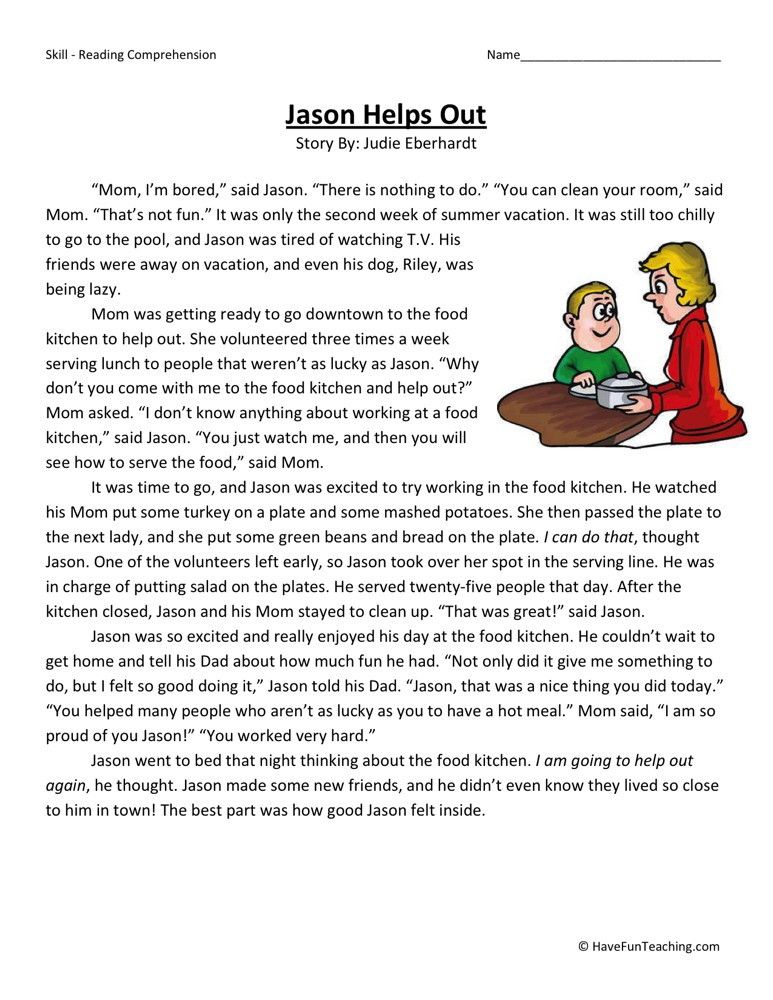
6. Ask their teacher
Your child’s teacher should be your first stop for any questions about your child’s reading comprehension or areas for improvement.
Whether it’s part of a parent-teacher conference or just a quick catch-up after school, they’ll be able to give you valuable advice about how to best help your child love reading. Use their advice to connect the books you read at home and the games you play with what your child is working on in class!
Reinforce with continual learning and encouragement
Reading comprehension doesn’t just happen all at once — it’s a lifelong process that students build on as they grow.
In each grade, encourage students to engage more deeply with what they’re reading and ask critical questions. As students build reading comprehension skills, they’ll have an opportunity to find joy and meaning in their reading.
Want more ways to build reading comprehension? Try Prodigy English!
In this all-new adventure, students can explore and create a world of their very own as they meet new characters, earn coins and build a home.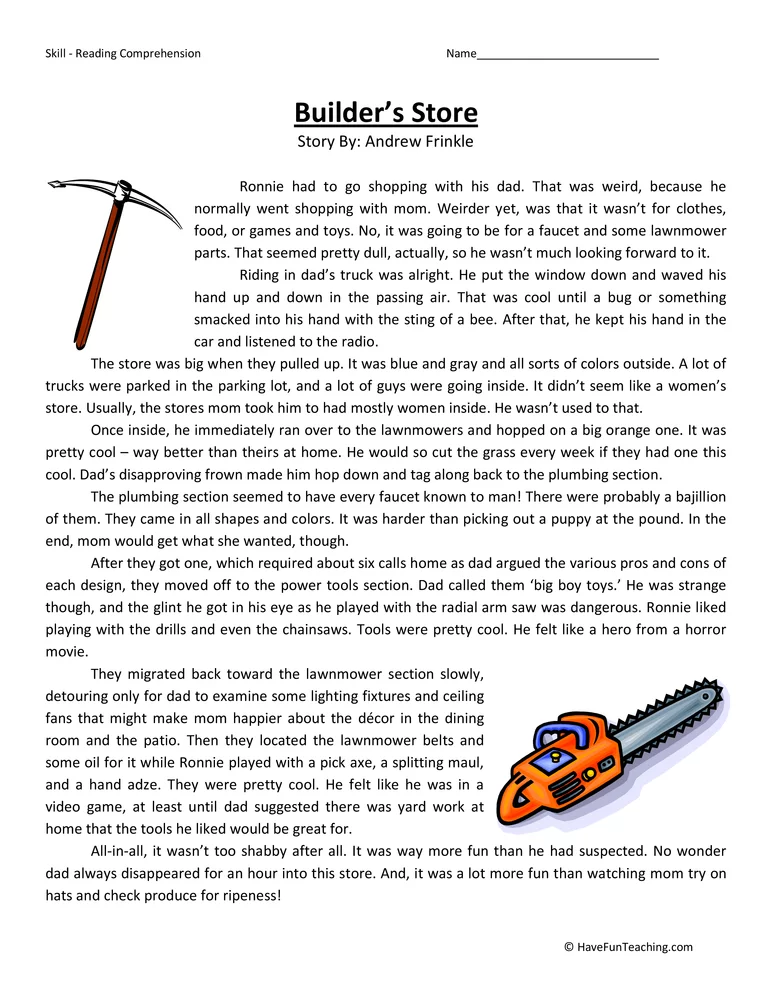 Create a free teacher account today to get started.
Create a free teacher account today to get started.
How to Improve Reading Comprehension: 8 Expert Tips
Reading is a skill many people take for granted, but the act of reading and properly comprehending a text is a complex and interactive process. It requires several different brain functions to work together and most often requires one to puzzle through multiple layers of context and meaning.
Because reading comprehension is so complicated, we can often find ourselves understanding the most basic interpretation of a text, but missing the emotional core or the "big picture." Or we might just find our brains spinning with no clue at all as to what a text is attempting to convey.
But luckily for everyone who struggles in English classes, on standardized tests, or in daily life, reading comprehension can be improved upon (and it's never too late to start!). In this guide, I explain step-by-step how to improve reading comprehension over time and offer tips for boosting your understanding as you read.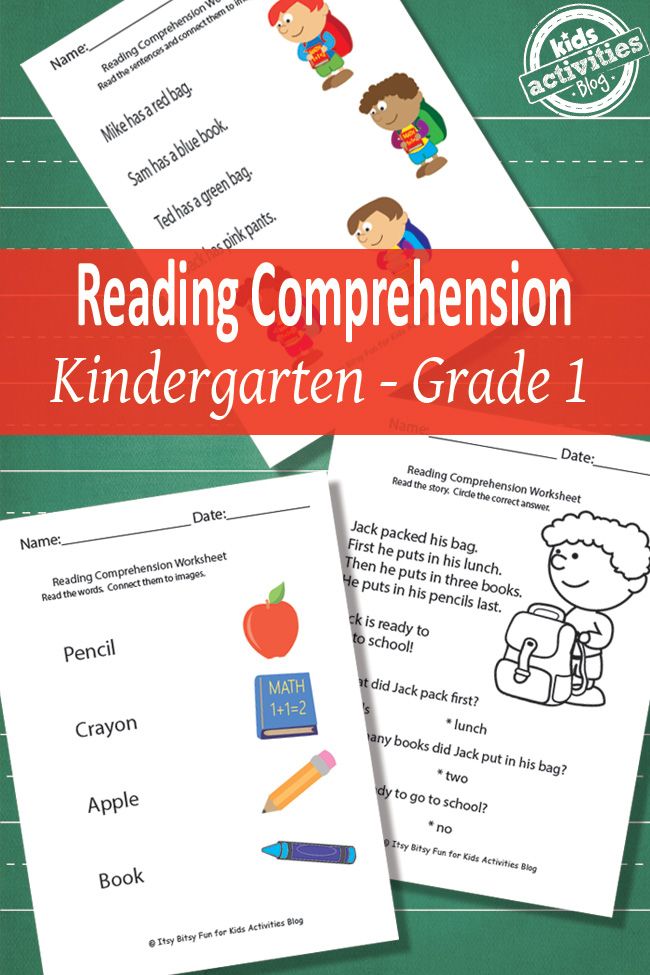
What Is Reading Comprehension?
Reading comprehension is the understanding of what a particular text means and the ideas the author is attempting to convey, both textual and subtextual. In order to read any text, your brain must process not only the literal words of the piece, but also their relationship with one another, the context behind the words, how subtle language and vocabulary usage can impact emotion and meaning behind the text, and how the text comes together as a larger, coherent whole.
For instance, let's look at the first line from Jane Austen's novel, Pride and Prejudice:
"It is a truth universally acknowledged, that a man in possession of a good fortune, must be in want of a wife."
Now, a completely literal interpretation of the text, just based on word-meaning, would have us believe that 'all rich men want wives.' But the context, word choice, and phrasing of the text actually belie that interpretation.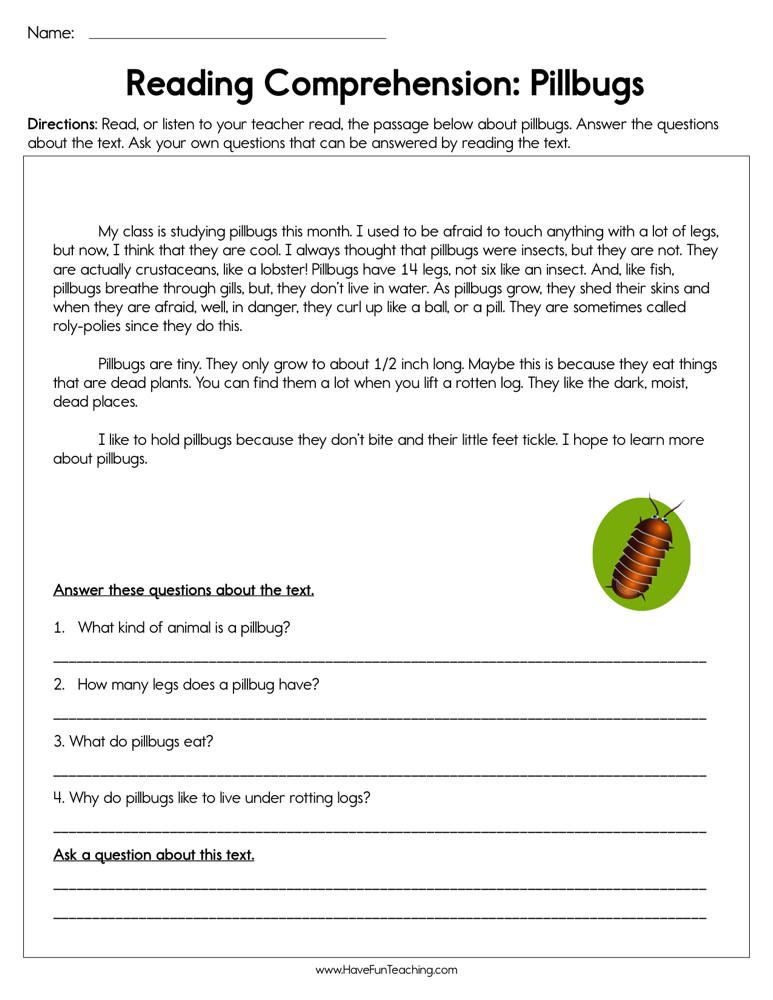 By using the phrases "universally acknowledged" and "must be in want of" (emphasis ours), the text is conveying a subtle sarcasm to the words. Instead of it being an actual truth that 'rich men want wives,' this one sentence instantly tells us that we're reading about a society preoccupied with marriage, while also implying that the opening statement is something people in that society may believe, but that isn't necessarily true.
By using the phrases "universally acknowledged" and "must be in want of" (emphasis ours), the text is conveying a subtle sarcasm to the words. Instead of it being an actual truth that 'rich men want wives,' this one sentence instantly tells us that we're reading about a society preoccupied with marriage, while also implying that the opening statement is something people in that society may believe, but that isn't necessarily true.
In just a few short words, Austen conveys several ideas to the reader about one of the main themes of the story, the setting, and what the culture and people are like. And she does so all the while seeming to contradict the literal words of the piece.
Without practice in reading comprehension, nuances like these can become lost. And so it can happen that someone may find themselves reading, but not truly comprehending the full meaning of a text.
As you can see, reading comprehension involves many processes happening in your brain at once, and thus it can be easy for some aspects of a text to get lost in the muddle.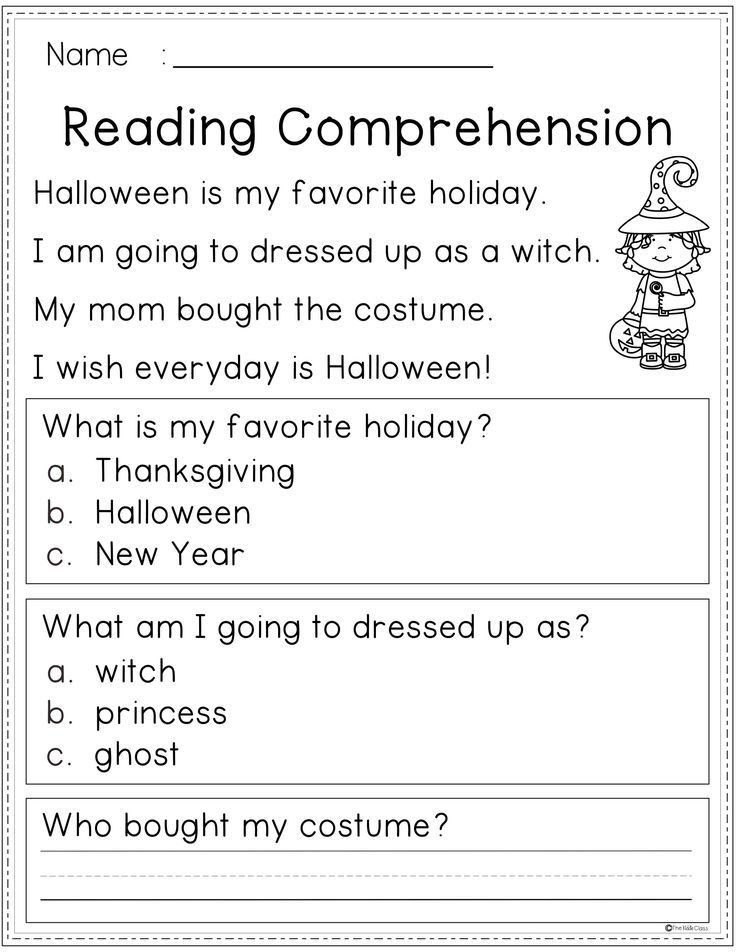 But the good news for anyone who struggles is that reading comprehension is a skill just like any other. It must be learned through practice, focus, and diligence, but it absolutely CAN be learned.
But the good news for anyone who struggles is that reading comprehension is a skill just like any other. It must be learned through practice, focus, and diligence, but it absolutely CAN be learned.
Why Reading Comprehension Is Important
Proper reading comprehension can be difficult, so why bother? Even though learning how to properly read and comprehend texts is a complicated process, it is a necessary skill to master, both for work and for pleasure.
You will need to know how to read and interpret all kinds of different texts—both on the basic, literal level and on a more in-depth level—throughout your schooling, in college, and in the working world (as well as in your recreation time!). If we think about "reading" just as a literal or surface understanding of a piece and "reading comprehension" as the complete understanding, a person can only get by in the world on pure "reading" for so long.
Reading comprehension is essential for many significant aspects of daily life, such as:
- Reading, understanding, and analyzing literature in your English classes
- Reading and understanding texts from your other class subjects, such as history, math, or science
- Doing well on both the written and math sections of the SAT (or all five sections of the ACT)
- Understanding and engaging with current events presented in written form, such as news reports
- Properly understanding and responding to any and all other workplace correspondence, such as essays, reports, memos, and analyses
- Simply taking pleasure in written work on your own leisure time
Just like with any goal or skill, we can master reading comprehension one step at a time.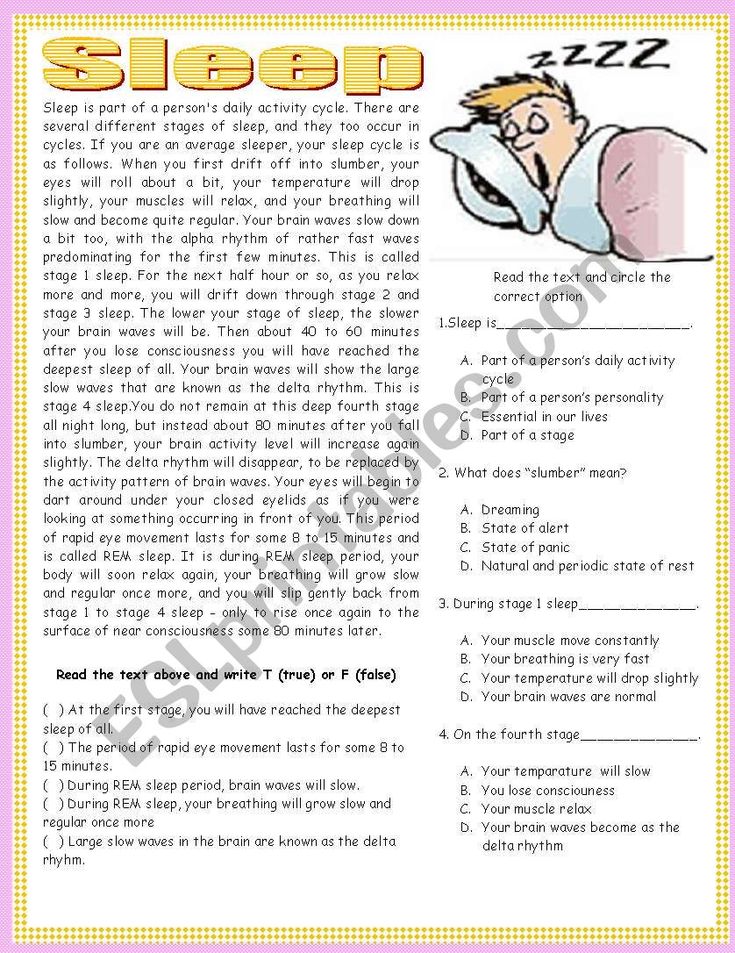
How to Improve Reading Comprehension: 3 Steps
Because reading comprehension is a skill that improves like any other, you can improve your understanding with practice and a game plan.
Dedicate yourself to engaging in a combination of both "guided" and "relaxed" reading practice for at least two to three hours a week. Guided practice will involve structure and focused attention, like learning new vocabulary words and testing yourself on them, while relaxed practice will involve merely letting yourself read and enjoy reading without pressure for at least one to two hours a week. (Note: if you already read for pleasure, add at least one more hour of pleasure-reading per week.)
By combining reading-for-studying and reading-for-pleasure, you'll be able to improve your reading skill without relegating reading time to the realm of "work" alone. Reading is a huge part of our daily lives, and improving your comprehension should never come at the cost of depriving yourself of the pleasure of the activity.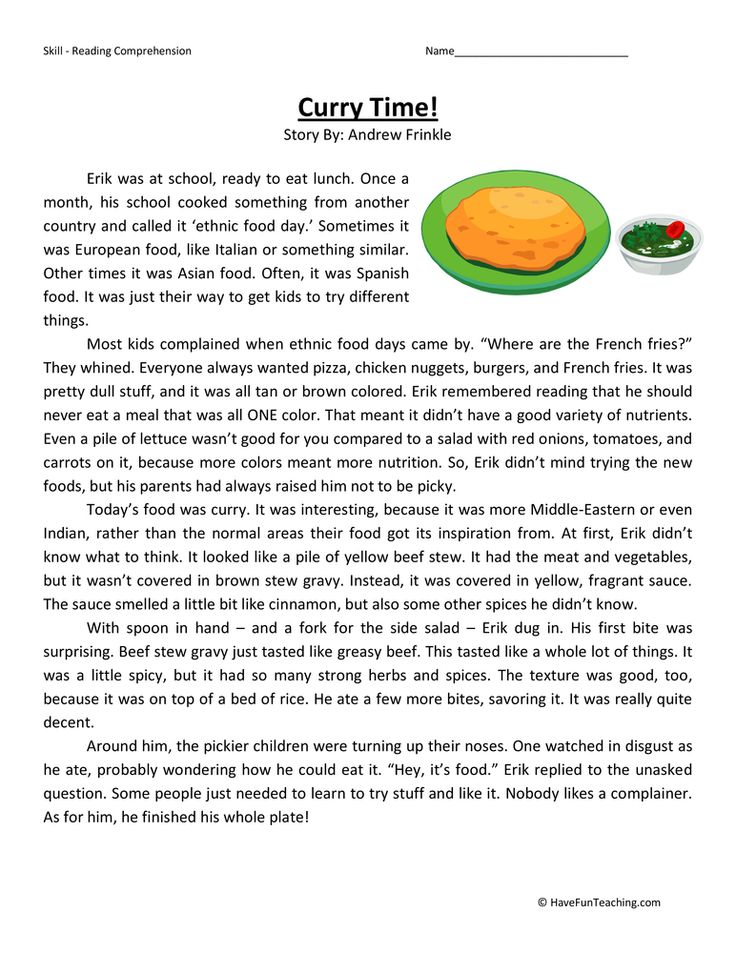
So what are some of the first steps for improving your reading comprehension level?
Step 1: Understand and Reevaluate How You're Currently Reading
Before you can improve your reading comprehension, you must first understand how you're currently reading and what your limitations are.
Start by selecting excerpts from different texts with which you are unfamiliar—text books, essays, novels, news reports, or any kind of text you feel you particularly struggle to understand—and read them as you would normally. As you read, see if you can notice when your attention, energy, or comprehension of the material begins to flag.
If your comprehension or concentration tends to lag after a period of time, start to slowly build up your stamina. For instance, if you continually lose focus at the 20 minute mark every time you read, acknowledge this and push yourself to slowly increase that time, rather than trying to sit and concentrate on reading for an hour or two at a stretch.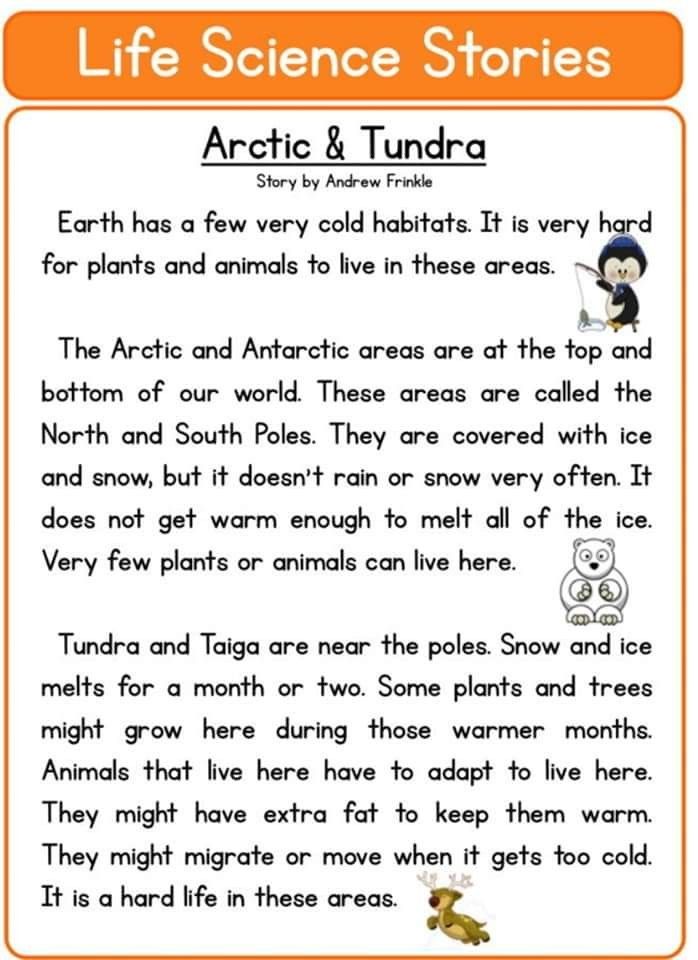 Begin by reading for your maximum amount of focused time (in this case, twenty minutes), then give yourself a break. Next time, try for 22 minutes. Once you've mastered that, try for 25 and see if you can still maintain focus. If you can, then try for thirty.
Begin by reading for your maximum amount of focused time (in this case, twenty minutes), then give yourself a break. Next time, try for 22 minutes. Once you've mastered that, try for 25 and see if you can still maintain focus. If you can, then try for thirty.
If you find that your concentration or comprehension starts to lag again, take a step back on your timing before pushing yourself for more. Improvement comes with time, and it'll only cause frustration if you try to rush it all at once.
Alternatively, you may find that your issues with reading comprehension have less to do with the time spent reading than with the source material itself. Perhaps you struggle to comprehend the essential elements of a text, the context of a piece, character arcs or motivation, books or textbooks with densely packed information, or material that is heavily symbolic. If this is the case, then be sure to follow the tips below to improve these areas of reading comprehension weakness.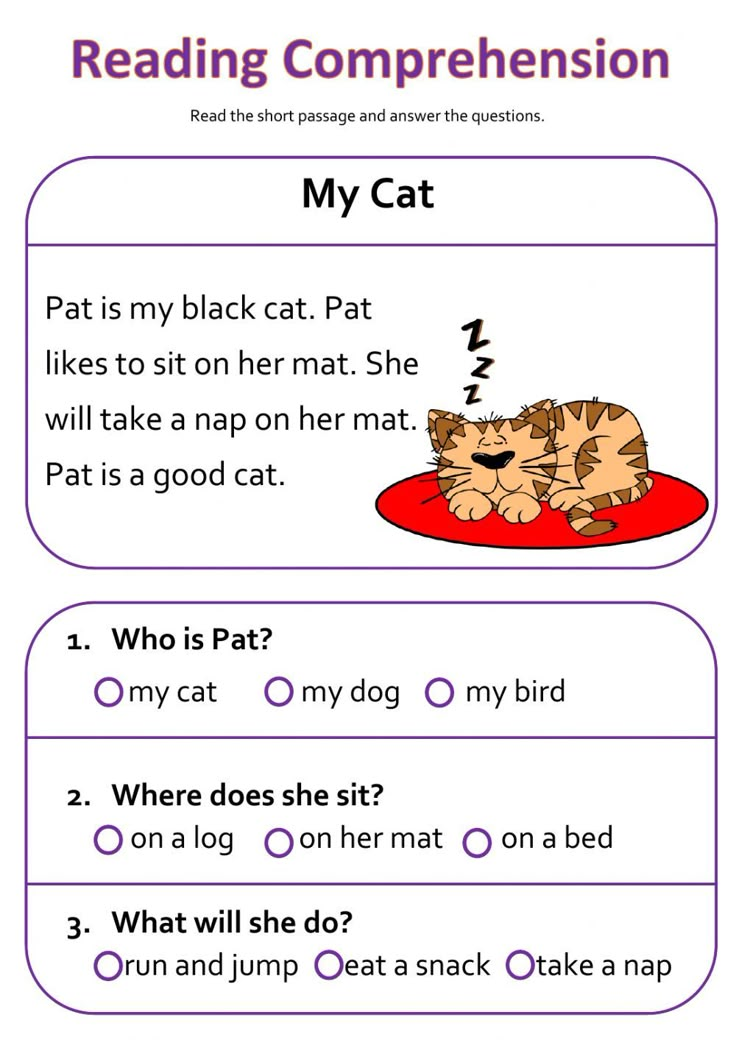
Improving your reading comprehension level takes time and practice, but understanding where your strengths and weaknesses stand now is the first step towards progress.
Step 2: Improve Your Vocabulary
Reading and comprehension rely on a combination of vocabulary, context, and the interaction of words. So you must be able to understand each moving piece before you can understand the text as a whole.
If you struggle to understand specific vocabulary, it's sometimes possible to pick up meaning through context clues (how the words are used in the sentence or in the passage), but it's always a good idea to look up the definitions of words with which you aren't familiar. As you read, make sure to keep a running list of words you don't readily recognize and make yourself a set of flashcards with the words and their definitions. Dedicate fifteen minutes two or three times a week to and quizzing yourself on your vocab flashcards.
To get started, you'll need some blank index cards and a system to keep them organized.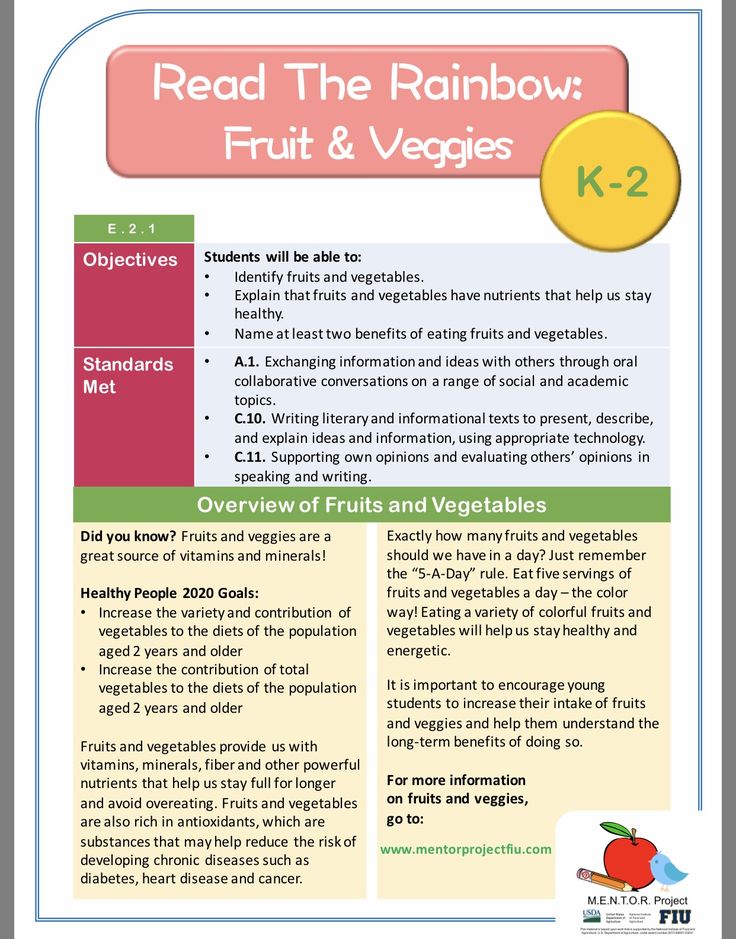 These basic cards are an affordable option that are also available in fun colors. You can keep them organized with plastic baggies or rubber bands, or you can get an organizer.
These basic cards are an affordable option that are also available in fun colors. You can keep them organized with plastic baggies or rubber bands, or you can get an organizer.
Alternatively, try these easy-flip flashcards that include binder clips. Though we strongly recommend making your own flashcards, you can also buy pre-made ones —the best option is Barron's 1100 Words You Need to Know, a series of exercises to master key words and idioms.
In order to retain your vocabulary knowledge, you must employ a combination of practiced memorization (like studying your flashcards) and make a point of using these new words in your verbal and written communication. Guided vocabulary practice like this will give you access to new words and their meanings as well as allow you to properly retain them.
Step 3: Read for Pleasure
The best way to improve your reading comprehension level is through practice. And the best way to practice is to have fun with it!
Make reading a fun activity, at least on occasion, rather than a constant chore. This will motivate you to engage with the text and embrace the activity as part of your daily life (rather than just your study/work life). As you practice and truly engage with your reading material, improvement will come naturally.
This will motivate you to engage with the text and embrace the activity as part of your daily life (rather than just your study/work life). As you practice and truly engage with your reading material, improvement will come naturally.
Begin by reading texts that are slightly below your age and grade level (especially if reading is frustrating or difficult for you). This will take pressure off of you and allow you to relax and enjoy the story. Here are some fun, easy reads that we recommend to get you started:
- Aru Shah and the End of Time by Roksani Chokshi
- Brown Girl Dreaming by Jacqueline Woodson
- Ghost by Jason Reynolds
- The Westing Game by Ellen Rankin
- From the Mixed Up Files of Mrs. Basil E. Frankweiler by E.L. Konigsburg
- The Parker Inheritance by Varian Johnson
- I Am Malala by Malala Yousafzai
- Harry Potter and the Sorcerer's Stone by J.
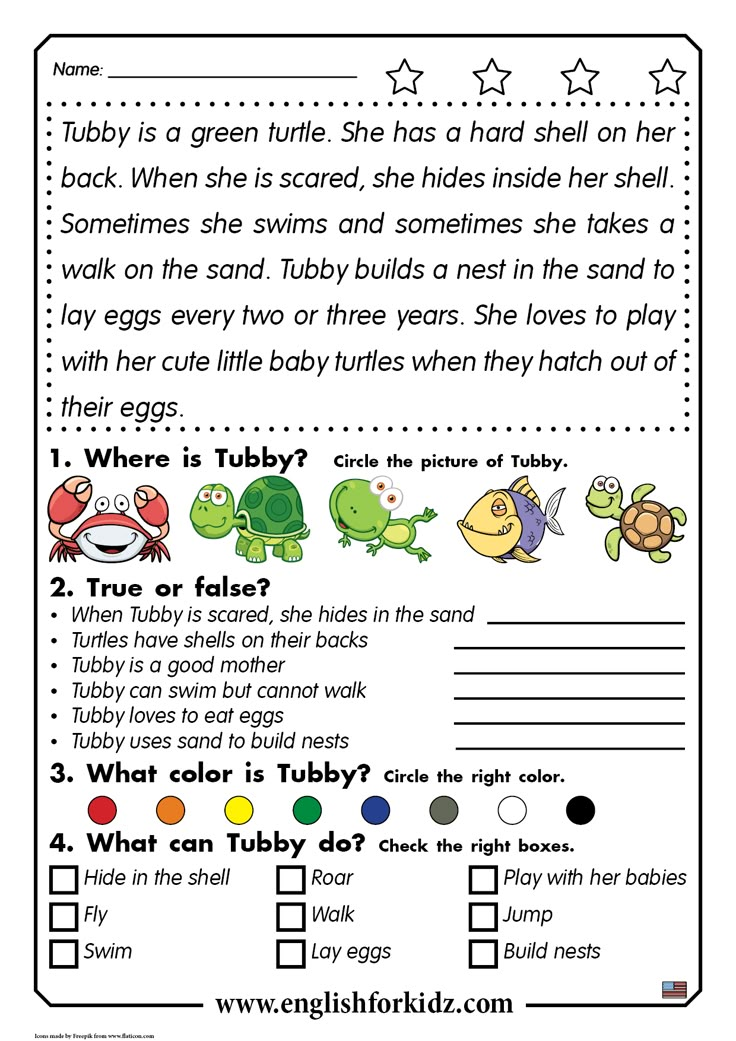 K .Rowling
K .Rowling
Once you feel more comfortable reading and practicing your comprehension strategies (tips in the next section), go ahead and allow yourself to read at whatever reading or age level you feel like. Even if you feel that you don't understand some of the text right now—or even a large portion of it!—if you enjoy yourself and give it your best shot, you'll find that your reading comprehension levels will improve over time.
Ultimately, reading should be a fun and functional activity. So try to keep your reading exercises balanced between work and pleasure.
5 Reading Comprehension Tips
Improving your vocabulary and increasing the amount of time you spend reading overall will help you to improve your reading comprehension over time, but what do you do to help you to comprehend a particular piece of text?
Here, I'll walk you through the steps to take as you're reading so that you can understand the text and improve how you're reading, when you're reading.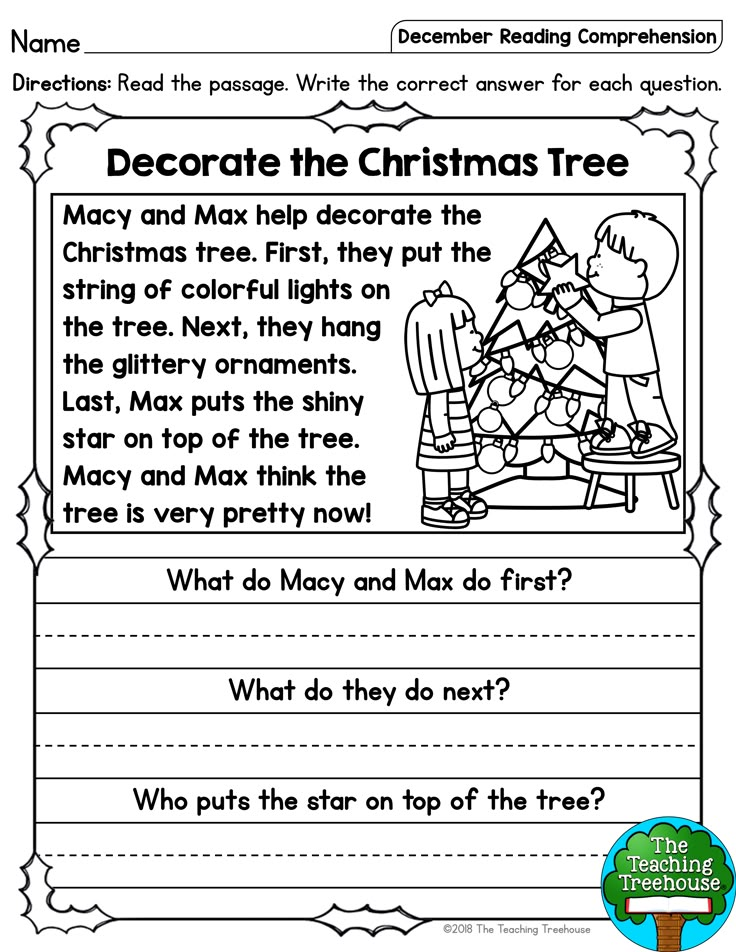
Tip 1: Stop When You Get Confused and Try to Summarize What You Just Read
As you read, let yourself stop whenever you lose focus or feel confused. Just stop. Now, without re-reading, summarize aloud or in your head what you've comprehended so far (before the place where you became confused).
Skim back through the text and compare how you've summarized it with what's written on the page. Do you feel you've captured the salient points? Do you feel a little more focused on what's going on now that you've put the material into your own words?
Keep reading with your summation in mind and let yourself stop and repeat the process whenever the piece becomes confusing to you. The more you're able to re-contextualize the work in your own words, the better you'll be able to understand it and lock the information in your mind as you keep reading.
Tip 2: If You're Struggling, Try Reading Aloud
Sometimes, we can form a sort of "mental block" that can halt our reading progress for whatever reason (maybe the sentence looks complex or awkward, maybe you're tired, maybe you feel intimidated by the word choice, or are simply bored).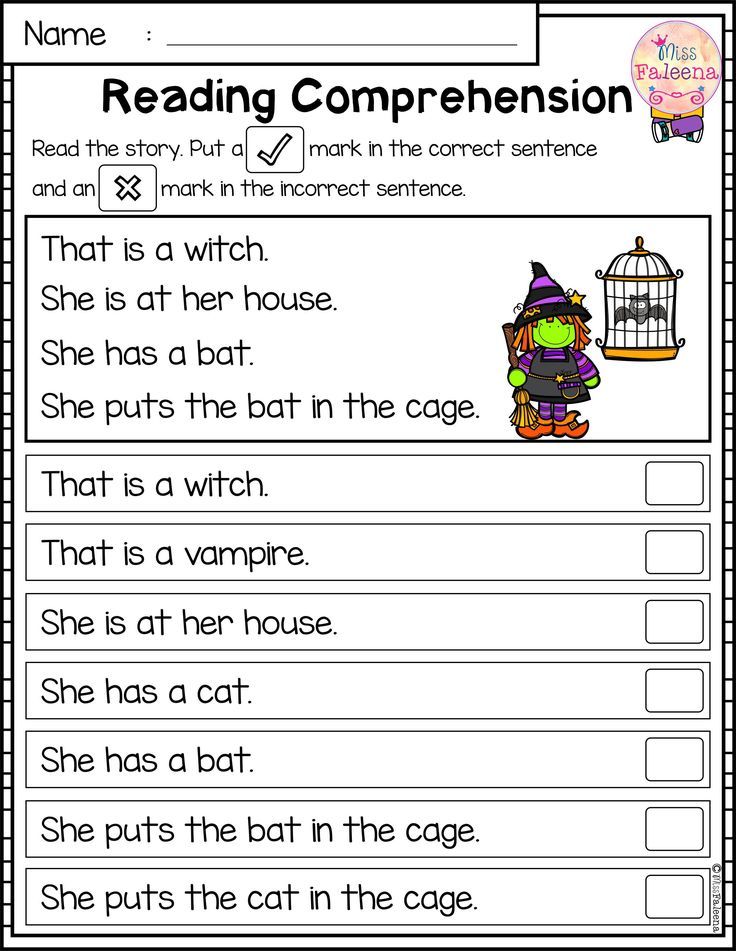
Reading these problematic passages aloud can often help circumvent that block and help you to form a visual of what the text is trying to convey.
Tip 3: Re-read (or Skim) Previous Sections of the Text
For the most part, reading is a personal activity that happens entirely in your head. So don't feel you have to read just like anyone else if "typical" methods don't work for you. Sometimes it can make the most sense to read (or re-read) a text out of order.
It is often helpful to glance backwards through a piece of text (or even re-read large sections) to remind yourself of any information you need and have forgotten—what happened previously, what a particular word means, who a person was...the list is endless.
Previous sentences, sections, or even whole chapters can provide helpful context clues. Re-reading these passages will help to refresh your memory so that you can better understand and interpret later sections of the text.
Need more help with this topic? Check out Tutorbase!
Our vetted tutor database includes a range of experienced educators who can help you polish an essay for English or explain how derivatives work for Calculus.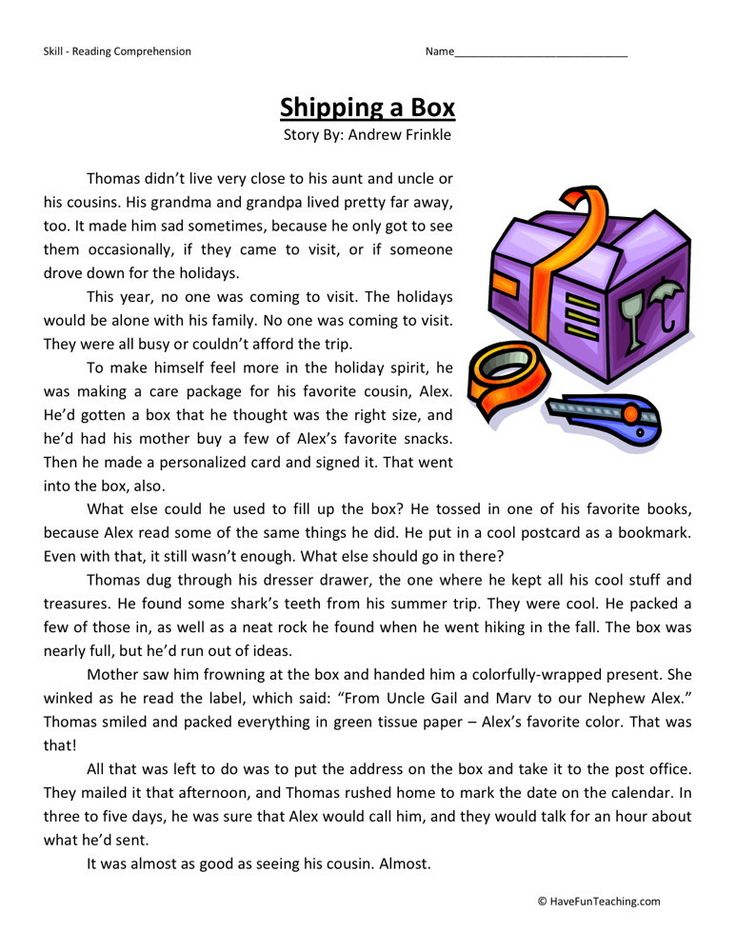 You can use dozens of filters and search criteria to find the perfect person for your needs.
You can use dozens of filters and search criteria to find the perfect person for your needs.
Tip 4: Skim or Read Upcoming Sections of the Text
Just like with the previous step, don't feel that the only way to read and understand a text is to work through it completely linearly. Allow yourself the freedom to take apart the text and put it back together again in whichever way makes the most sense to you.
Sometimes a current confusion in a work will be explained later on in the text, and it can help you to know that explanations are upcoming or even just to read them ahead of time.
So skip forward or backwards, re-read or read ahead as you need to, take the piece in whatever order you need to in order to make sense of the text. Not everyone thinks linearly, and not everyone best understands texts linearly either.
Tip 5: Discuss the Text With a Friend (Even an Imaginary Friend)
Sometimes discussing what you know so far about a text can help clear up any confusion. If you have a friend who hasn't read the text in question, then explain it to them in your own words, and discuss where you feel your comprehension is lacking. You'll find that you've probably understood more than you think once you've been forced to explain it to someone who's completely unfamiliar with the piece.
If you have a friend who hasn't read the text in question, then explain it to them in your own words, and discuss where you feel your comprehension is lacking. You'll find that you've probably understood more than you think once you've been forced to explain it to someone who's completely unfamiliar with the piece.
Even if no one else is in the room, trying to teach or discuss what a passage says or means with "someone else" can be extremely beneficial. In fact, software engineers call this technique "rubber duck debugging," wherein they explain a coding problem to a rubber duck. This forces them to work through a problem aloud, which has proven time and time again to help people solve problems. So if a piece of text has your head spinning from trying to work through it by yourself, start chatting with your nearest friend/pet/rubber duck. You'll be surprised with how much easier it is to understand a text once you've talked it through with someone.
Even if that someone is a duck.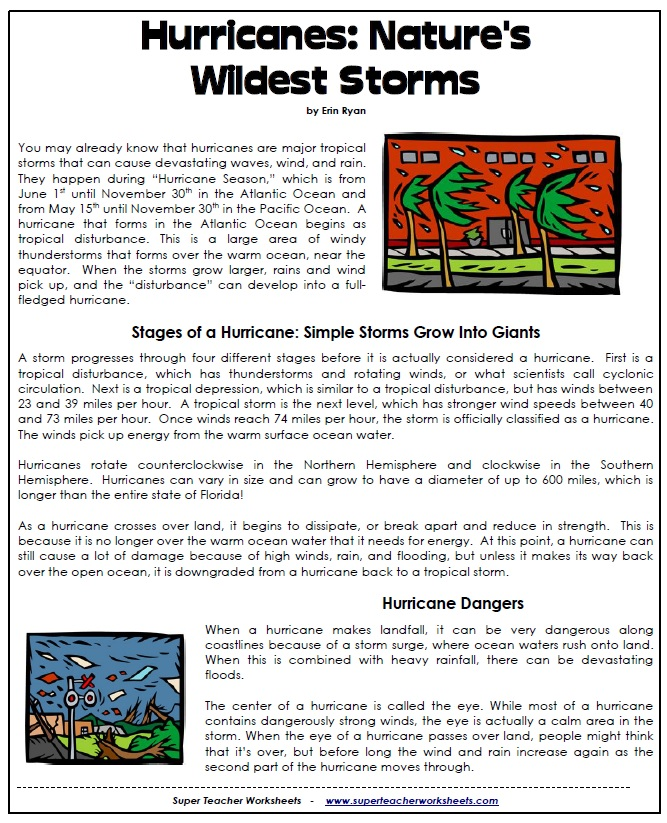
Quack.
The Take-Aways
Improving reading comprehension takes time and effort, but it can be done. Be patient with yourself, work through your reading comprehension steps, and try not to get frustrated with yourself if you feel your progress is slow or if you feel you're "falling behind." You will utilize your reading skills throughout your life, so go at a pace that works for you, and take care to maintain that balance between reading for pure pleasure and reading for dedicated improvement.
As you begin to incorporate more and more reading into your daily life, you'll find that comprehension will become easier, and reading will become more fun. In every piece of text, there are worlds of meaning to explore, and learning how to uncover them can be the ultimate rewarding journey.
What's Next?
Can't get enough reading? Whether as part of your reading practice or just for fun, check out our picks for the 31 best books to read in high school.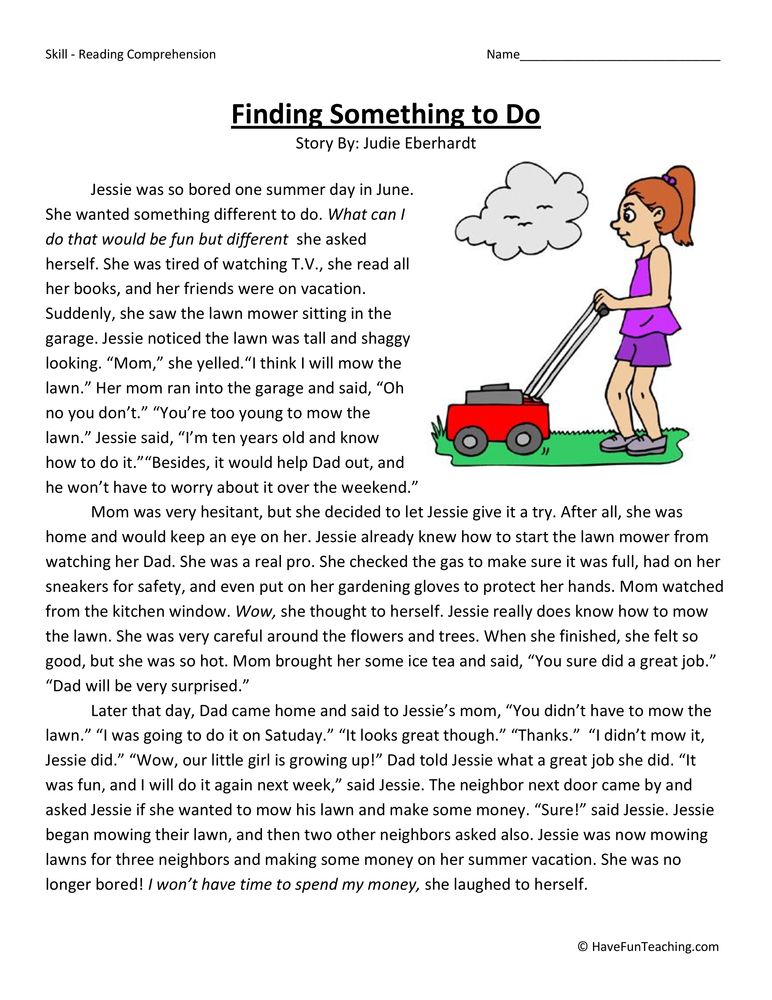
Problems with procrastination? Whether you're studying for the SAT's or studying your reading comprehension vocabulary check out how to beat procrastination and get your studies back on track.
Want to earn better grades? Our guide will help you get that 4.0 you're striving for.
Want to improve your SAT score by 160 points or your ACT score by 4 points? We've written a guide for each test about the top 5 strategies you must be using to have a shot at improving your score. Download it for free now:
These recommendations are based solely on our knowledge and experience. If you purchase an item through one of our links PrepScholar may receive a commission.
Have friends who also need help with test prep? Share this article!
Courtney Montgomery
About the Author
Courtney scored in the 99th percentile on the SAT in high school and went on to graduate from Stanford University with a degree in Cultural and Social Anthropology.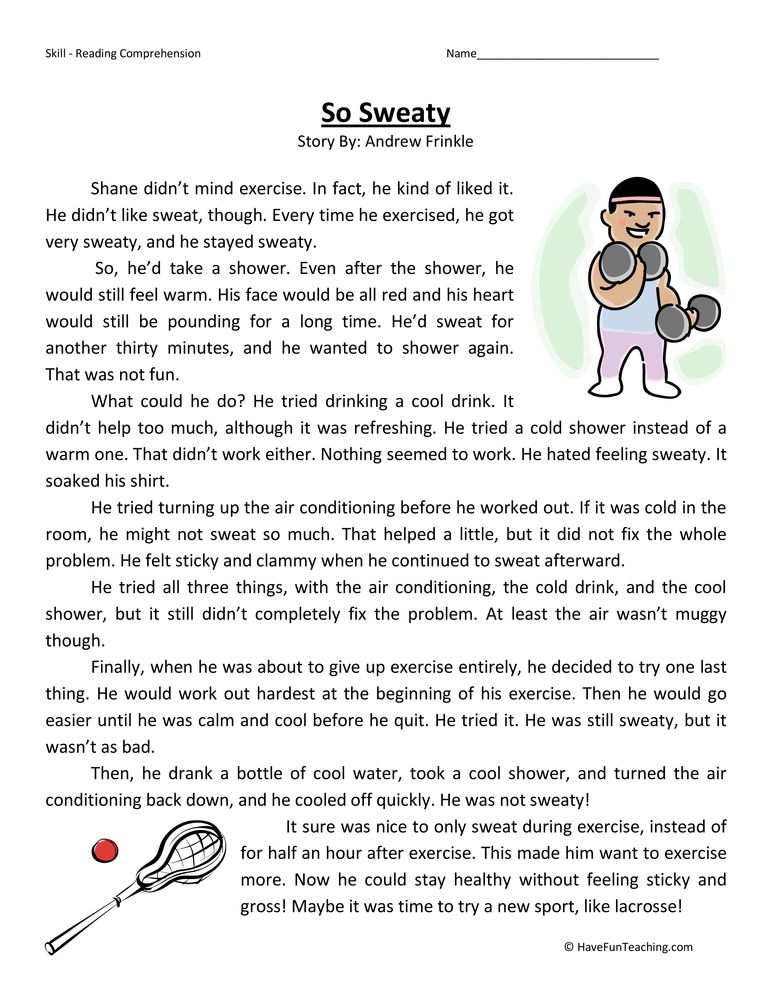 She is passionate about bringing education and the tools to succeed to students from all backgrounds and walks of life, as she believes open education is one of the great societal equalizers. She has years of tutoring experience and writes creative works in her free time.
She is passionate about bringing education and the tools to succeed to students from all backgrounds and walks of life, as she believes open education is one of the great societal equalizers. She has years of tutoring experience and writes creative works in her free time.
How to improve your ability to understand the text you read?
06.02.14
Strategies for autists, parents and teachers to overcome difficulties with reading
Source: Autism after 16
Many people can read, but after reading it is difficult for them to remember, about what they read. There may be several reasons for this. It is possible that a person puts so much effort into voicing words (out loud or to himself) that they lose their meaning. In other cases, the topic is so uninteresting that it is difficult to focus on the information in the text. Many children and adults with autism spectrum disorders have severe reading comprehension difficulties, even if they have no problems with reading as such.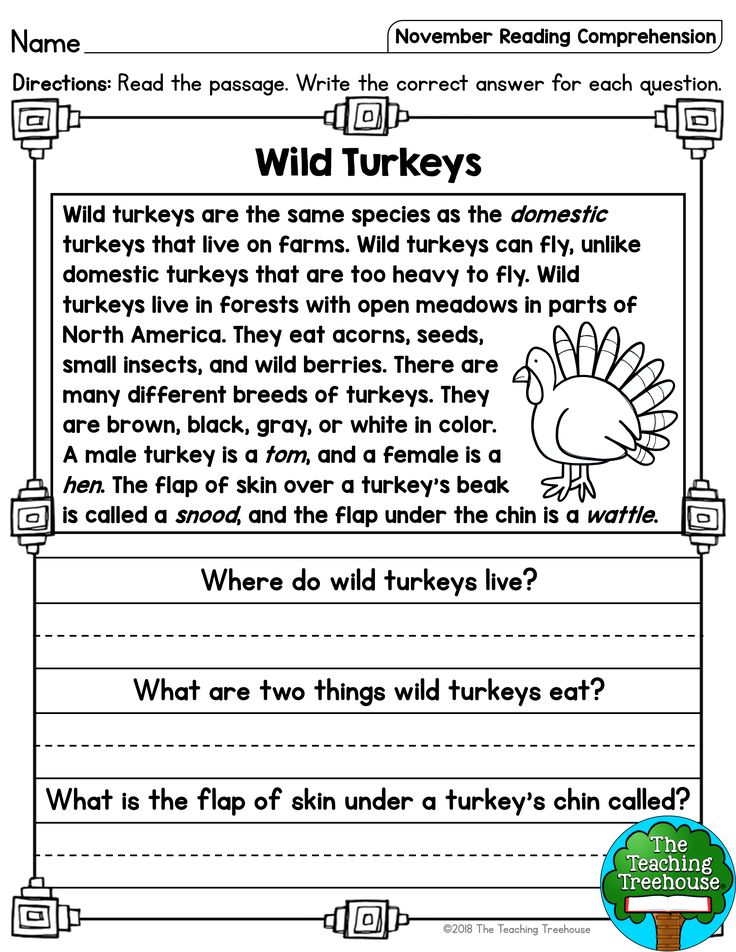 This can make it very difficult to study at school even for children without intellectual disabilities, especially in high school, when the requirements for reading and understanding large amounts of text increase significantly, and texts become more complex. The following are strategies for improving text comprehension that adults with autism spectrum disorders and parents and educators of children with ASD can use.
This can make it very difficult to study at school even for children without intellectual disabilities, especially in high school, when the requirements for reading and understanding large amounts of text increase significantly, and texts become more complex. The following are strategies for improving text comprehension that adults with autism spectrum disorders and parents and educators of children with ASD can use.
Metacognition - thinking about how we think - is the basis for improving understanding while reading. In other words, to improve text comprehension, we must consciously stop while reading and analyze our opinions, perceptions, and thoughts related to what we have read. For example:
Before reading
- Determine the purpose for the upcoming reading. Think in advance about what you should find in the text while reading.
Look at the title of the text and try to figure out what the text might be about.
Skim through the entire text without reading carefully, paying attention to headings and subheadings, bold words and illustrations. Think about what this text might be about.
Think about what this text might be about.
- Try to remember what you already know about the topic, the author, or this story.
While reading
- Reflect on what you have read after each paragraph or chapter.
Consider whether you agree with ideas, characters, or facts.
- If you do not understand the meaning of some sentences or paragraphs, write down what you do not understand.
- Write down unfamiliar words to find out their meaning after reading.
After reading
- Think about what you learned while reading.
— Write your own questions for the author.
Think about how what you read relates to your own life.
- Formulate a summary of what you have read.
- Review your notes and try to find answers to your questions through repeated reading, searching the Internet, or talking to another person.
Talk about what you read
Discussing what you read with another person provides another source of information instead of rereading the text.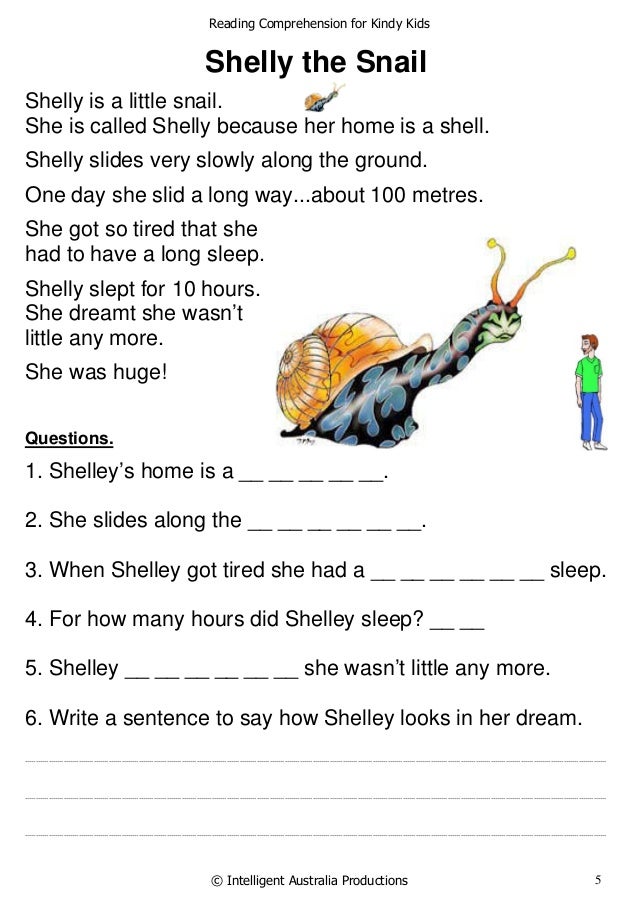 This is especially useful if you don't really enjoy reading. While talking about what you read, you will be able to ask questions that you have, this will allow you to learn more about the point of view of other people and will provide you with the opportunity to put into words what you have read, which will help you remember and understand the text better.
This is especially useful if you don't really enjoy reading. While talking about what you read, you will be able to ask questions that you have, this will allow you to learn more about the point of view of other people and will provide you with the opportunity to put into words what you have read, which will help you remember and understand the text better.
Practice reading as often as possible
The best way to improve reading comprehension is to read as much as possible. It doesn't matter what the person is reading. The more you read, the better your comprehension skills will be. Here the “Matthew effect” takes place, when “he who has will be given and will be multiplied, and what he has will be taken away from the one who does not have.” Students who enjoy reading read a lot and often, and their reading skills improve. Those who do not enjoy reading devote little time to it, as a result, their skills lag more and more behind their peers. That is why our first priority is to motivate children to read. If they enjoy reading comics, sports articles, or online magazines, then encourage them to do so as often as possible.
If they enjoy reading comics, sports articles, or online magazines, then encourage them to do so as often as possible.
Take the children to the library as often as possible and let them look at any books they want. Do not try to force on children what you think they should read. We want them to read—as much as possible. And that's it. If they liked a book by a certain author, then find all the books by that author so they can pick something. If the children are interested in a topic, then find them reading material according to their interest.
Reading Motivation
The first task for the unmotivated reader is to find reading material that is directly related to what interests him outside of reading. For example, if a child enjoys watching movies, they may enjoy reading movie reviews online or in movie magazines. You may think that this is not a "real" reading, but it is not at all the case. Many people believe that the only way to develop reading skills is with books.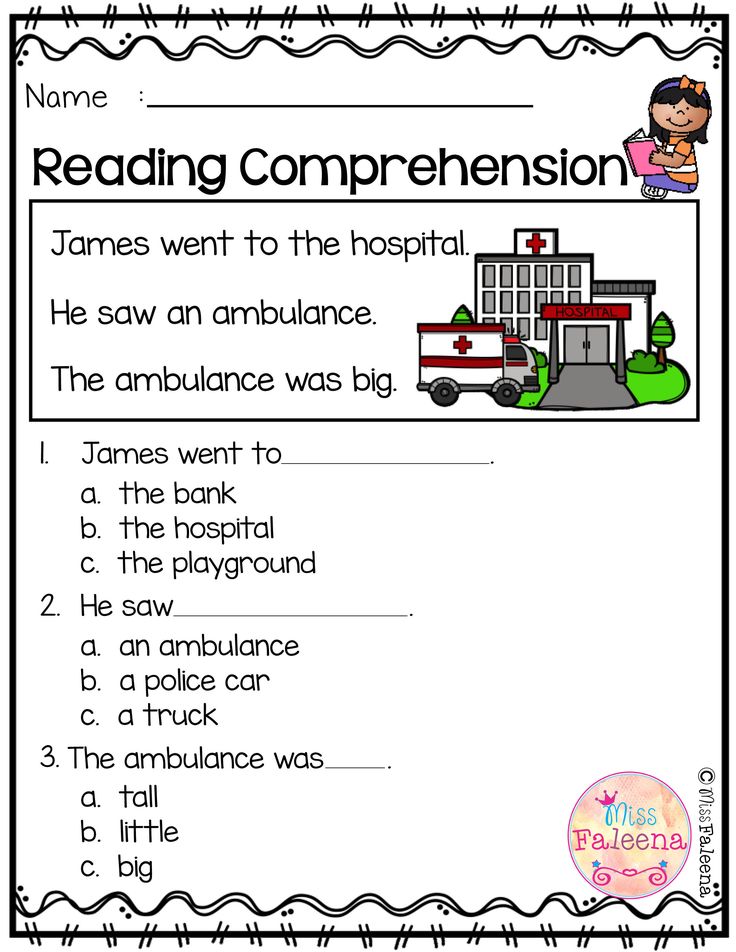 In fact, this is not necessary at all, especially in our age of the Internet.
In fact, this is not necessary at all, especially in our age of the Internet.
Also, if children read often about things they are interested in, this will help them become better readers in general, especially if they practice reading comprehension skills in parallel. After the motivation to read begins to form, you can begin to practice reading less interesting materials. That said, if the strategies to improve comprehension have already been practiced on interesting texts, it will be easier to use them while reading on boring topics.
Strategies to improve reading comprehension
Start with the strategies that seem most attractive and try them one at a time. Don't try to master every single strategy, sometimes less is more. In other words, it's best to master a few strategies to perfection, rather than practicing all the strategies without exception, which can make it unclear what to use right now. Strategies to improve reading comprehension include:
- Conversational reading: Ask questions, argue, clarify, summarize, and predict as you read.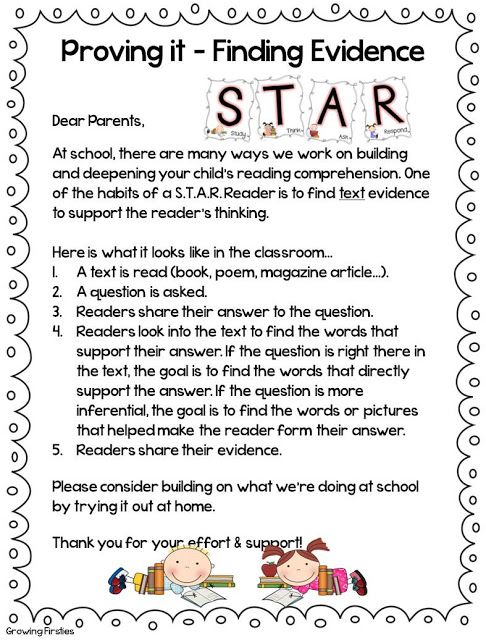
- Stickers: Use stickers to write words you don't understand, or write exclamation marks on them to mark sentences you like, and question marks to mark phrases or paragraphs you don't understand.
- Reading in pairs: Reading aloud with another person one paragraph at a time. Discuss what you have read with each other after each paragraph.
- Thinking out loud: As you read aloud in pairs, voice out any thoughts, questions, or misunderstandings that come to mind. For example, if a character or event reminded you of something, stop and talk about that personal association. This technique helps to remember what has been read in the future.
- Re-reading: Read the text again, trying to find answers to the questions that have arisen.
- Text connections: As you read, determine how this text relates to you, to other texts, and to the world in general. In connection with yourself, you need to think about how the read relates to you personally.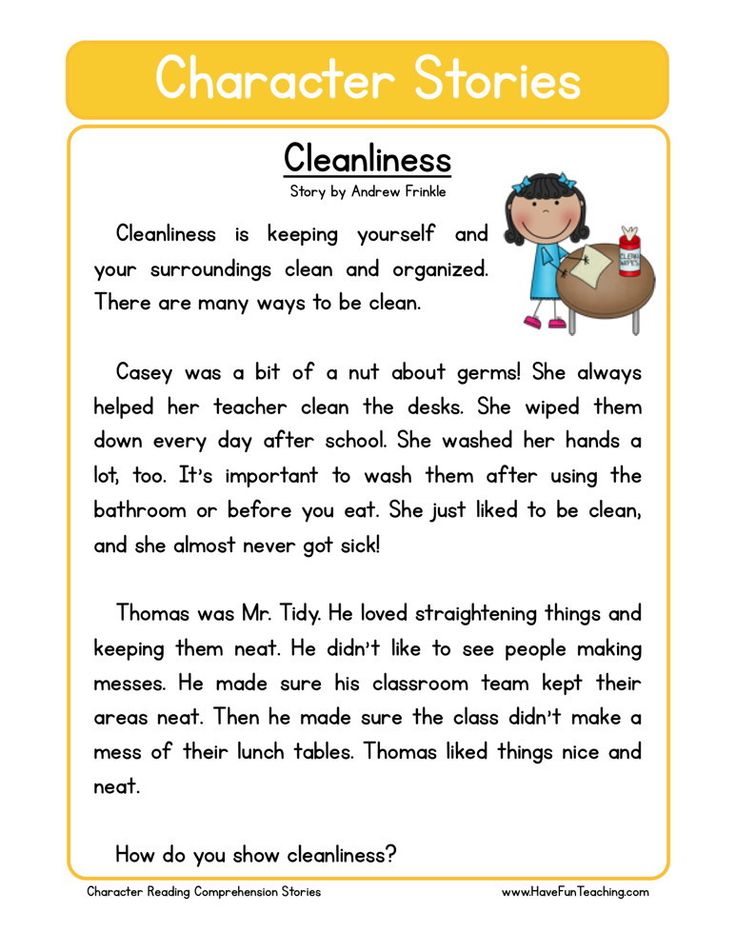 In World Links, you can link text to what you already know. Finally, in text links, you can link what you've read to what you've read about before.
In World Links, you can link text to what you already know. Finally, in text links, you can link what you've read to what you've read about before.
- The Three Bears Principle: When choosing a book from a library or bookstore, think about whether it is too simple or too complex. Too simple means that the reader will easily understand all the words or have already read this book many times. Too complex means that there are more than five unfamiliar words on one page or the meaning of the first page is not clear. If the book is just right, then this is a new book, where the reader may not know some of the words on the page, but in general understands what is at stake.
- Dividing the text into parts: Read only a few paragraphs or sentences at a time. Think about what you read using reading strategies before continuing.
- Visualization: While reading, always try to visualize how the characters and the scenes described look like.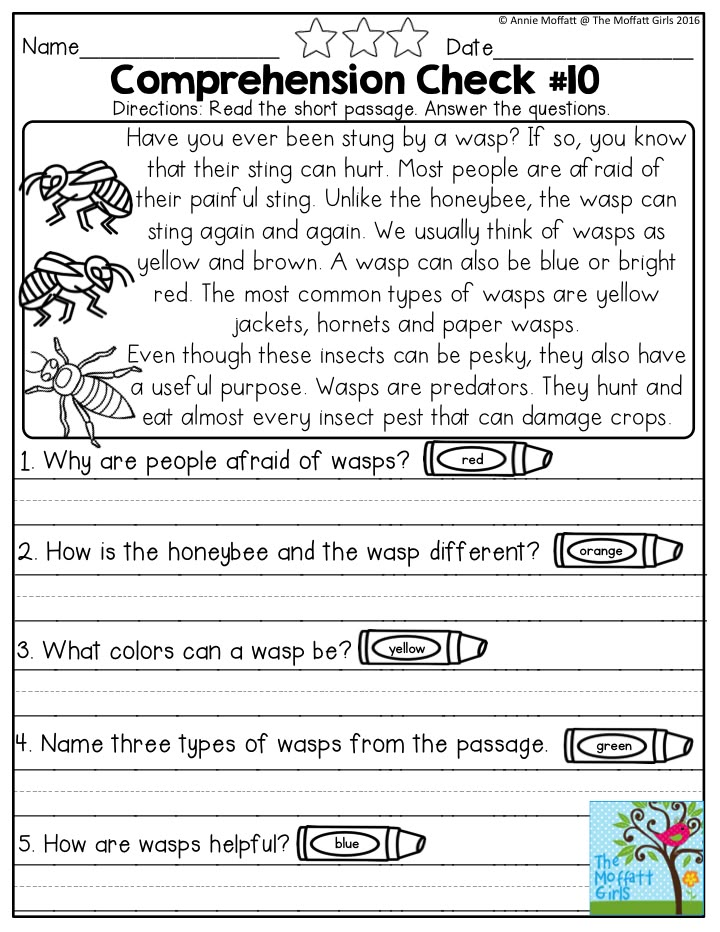
- Blogs: Check if there is any blog or forum on the Internet where this topic or book is discussed online, read what other people think about it and try to write your own opinion.
- Journaling: As you read, write down your thoughts in a special journal.
- Graphic organization: Make a chart showing your understanding before, during and after reading.
Progressive Implementation Model
If you are a parent or educator, you can use the Progressive Implementation Model to help a student with autism develop strategies for reading comprehension. First, demonstrate to the student how you yourself read using this strategy. Then use this strategy together, under your guidance. Then ask the student to apply this strategy again (in a different situation) on their own.
Make sure you discuss reading with the student and whether the strategy is helping or not. You may need to model this strategy for the student many times, or practice it many times together until it becomes a natural part of the reading process and the student can apply it completely on his own.
Availability of books to read
If reading skills are too low, use books on topics that are interesting to the student, but with very low reading requirements. As a rule, they have a lot of illustrations and little text. It can be children's encyclopedias and reference books. They keep the reader motivated, their topics are age-appropriate, and the reading isn't too difficult.
You should also pay attention to the following books:
- Books with many photographs and illustrations, which will greatly facilitate understanding.
- Books with fairly large letters.
- Books with a small amount of text on one page so that the amount of text on the page does not cause stress.
- Books that have titles, subtitles, clear definitions of words in the glossary. These books are the easiest to understand.
Relationship between reading and writing
You may be wondering why it is so common to write things down while working on reading comprehension.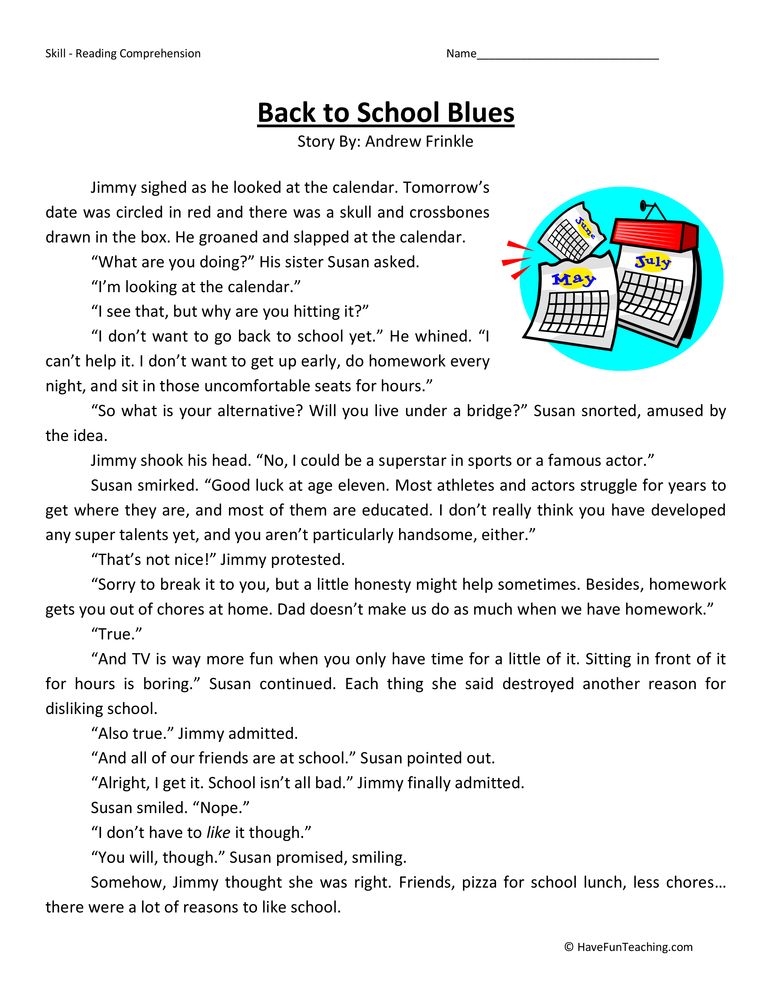 The reason is that this is another way to better understand and assimilate the material read. For example, if someone finds it difficult to speak verbally about what they have read, then keeping a diary, blogging, or graphing can help analyze what they read and update the information in memory, but without verbal dialogue.
The reason is that this is another way to better understand and assimilate the material read. For example, if someone finds it difficult to speak verbally about what they have read, then keeping a diary, blogging, or graphing can help analyze what they read and update the information in memory, but without verbal dialogue.
Closing Thoughts
The goal of all reading is to understand the text, so it is hoped that these strategies and ideas will enable you to improve your reading skills or help your child or student reach that goal. Remember that reading is a very complex individual process, and its development must be reflected in an individual educational program.
Adult Autism, Parenting with Autism, Education and Learning
7 Easy Ways to Improve Reading Comprehension • BUOM
By the Indeed Editorial Team
June 9, 2021
This article has been approved by an Indeed Career Consultant.
Comprehension is an important aspect of reading. When you read, try to understand and extract the meaning for a better understanding of what you are reading. By learning and implementing reading strategies and changing the way you read, you can improve your reading comprehension and make reading easier and more enjoyable.
When you read, try to understand and extract the meaning for a better understanding of what you are reading. By learning and implementing reading strategies and changing the way you read, you can improve your reading comprehension and make reading easier and more enjoyable.
In this article, we look at what reading comprehension is and the best strategies you can use to improve your reading skills.
What is reading comprehension?
Reading comprehension is the ability to comprehend or understand what you are reading. This is the intentional and active part of reading that happens before, during, and after you read something. By being able to understand what you read, you can make sense of the text and better understand what the author is trying to convey.
There are two components of reading comprehension: text comprehension and vocabulary knowledge. Vocabulary knowledge is the ability to understand the language being used, while text comprehension uses that language to develop an understanding of the text's meaning.
Why is reading comprehension important?
Reading comprehension is important for several reasons and can provide many benefits. The ability to read effectively can improve both your personal and professional life and increase your overall reading enjoyment. Knowing how to understand text can help improve your knowledge in certain areas and help you pick up new skills and information more quickly.
Additional benefits of good reading comprehension skills include:
-
Ability to understand, analyze and respond to documents and written communication in the workplace
-
Improved your ability to write clearly and effectively
-
Ability to understand and participate in current events which are presented in written form, for example, in newspapers.
-
Increased ability to focus on reading for extended periods of time.
-
Better reading pleasure and motivation
Related: The value of expanding your business vocabulary
7 reading strategies you can use to improve your comprehension skills today to improve your reading comprehension skills.
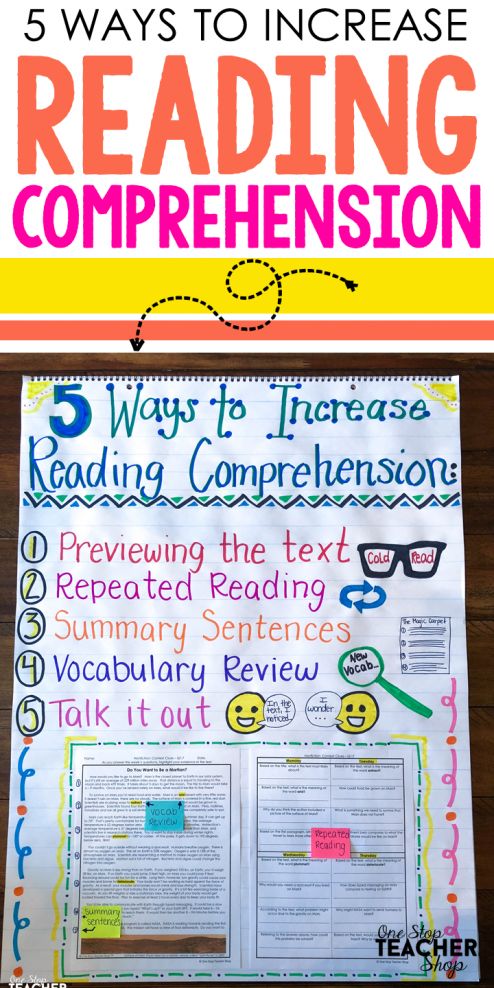 The more you practice, the better you will understand what you read. Below are seven simple strategies you can use to work on your comprehension skills:
The more you practice, the better you will understand what you read. Below are seven simple strategies you can use to work on your comprehension skills: -
Improve your vocabulary.
-
Make up questions about the text you are reading.
-
Use context clues.
-
Find the main idea.
-
Write a summary of what you have read.
-
Break the reading into smaller parts.
-
Walk yourself.
Related: The Complete Guide to Strategic Planning
1. Improve your vocabulary
Knowing what the words you read means can improve your ability to understand the meaning of a text. To expand your vocabulary, you can:
-
Take the online vocabulary test to assess your current level of vocabulary understanding.
-
Use flashcards to test yourself for words you don't know once or twice a week.
-
Be sure to use newly learned words in oral and written communication.

-
Read as much as you can to improve your ability to guess the meaning of a word in a particular context.
-
Make a list of unfamiliar words as you read and look them up in a dictionary.
Read more: 10 Easy Ways to Improve Your Vocabulary
2. Make up questions about the text you are reading
By asking questions about what you are reading, you can improve your reading comprehension by allowing you to immerse yourself in the text. It can also expand your general understanding of what you are reading, allowing you to explore themes, motifs, and other components of the text that you might not otherwise know about. The following are examples of questions you could ask as you read:
-
Why did the author start the book from this point?
-
What is the relationship between these two characters?
-
What do we know about the main character up to this point in the book?
-
Are there any themes that keep popping up throughout the book? If yes, what do they mean?
The more specific your questions, the more likely you are to understand the text and its meaning.
3. Use context prompts
Using context clues is a great way to understand what you're reading, even if you don't know all the vocabulary involved. Context clues can be found in the words and sentences surrounding a word you are unfamiliar with. To use context clues, you can focus on key phrases or ideas in a sentence and infer the main idea of a sentence or paragraph based on that information. You can also search for nearby words that are synonyms or antonyms for a word you don't know.
4. Look for the main idea
Determining the main idea of a paragraph or article can help you determine the importance of the article. Understanding why what you read is important will help you better understand what the author is trying to convey. When reading, pause every few paragraphs and see if you can decipher the main idea. Then try to state the main idea in your own words for even greater understanding.
5. Write a summary of what you read
A great way to expand your reading knowledge is to write a resume. Summing up requires you to decide what is important in the text and then express it in your own words. Summing up allows you to determine if you really understand what you read and remember what you read better in the long run.
Summing up requires you to decide what is important in the text and then express it in your own words. Summing up allows you to determine if you really understand what you read and remember what you read better in the long run.
6. Break your reading into smaller parts
If you are reading a longer or more complex text, consider breaking it up into smaller parts. For example, you can read two paragraphs at a time and then pause to quickly summarize what you just read in your mind. Sharing what you read will help you feel less overwhelmed and give you a better chance of really understanding the information in the text.
7. Keep up the pace
Tempoing yourself is also an effective way to work on your reading comprehension skills, allowing you to set realistic goals for your reading practice and habits. This is especially true for books or other literature that you find difficult. Set yourself a goal that you know you can achieve every day. For example, instead of saying that you want to read the entire book in two days, say that you will read three chapters a night.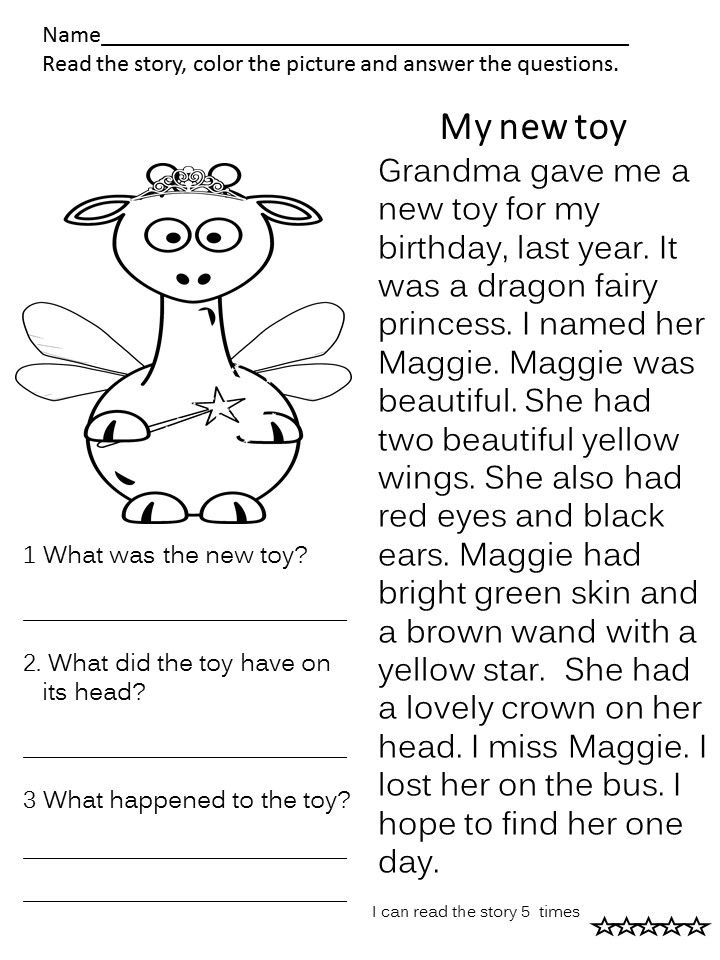 This allows you to achieve your goals and also gives you enough time to process what you read between each session.
This allows you to achieve your goals and also gives you enough time to process what you read between each session.
Tips for getting the most out of your reading comprehension practice
Reading is a fundamental part of everyday life. The more you include and prioritize reading and comprehension of what you read, the better your overall reading comprehension will become. These tips will help you make the most of your time as you practice your reading skills.
Eliminate distractions
When you are distracted, your ability to understand what you read is impaired. When reading—even if it's just an email—eliminate distractions and focus solely on the text. This will help you learn to pay attention to what you are reading and will let you know if you understand what you are reading.
Read a book below your reading level
Starting with books below your reading level, you will be able to develop and build on a basic level of reading comprehension.